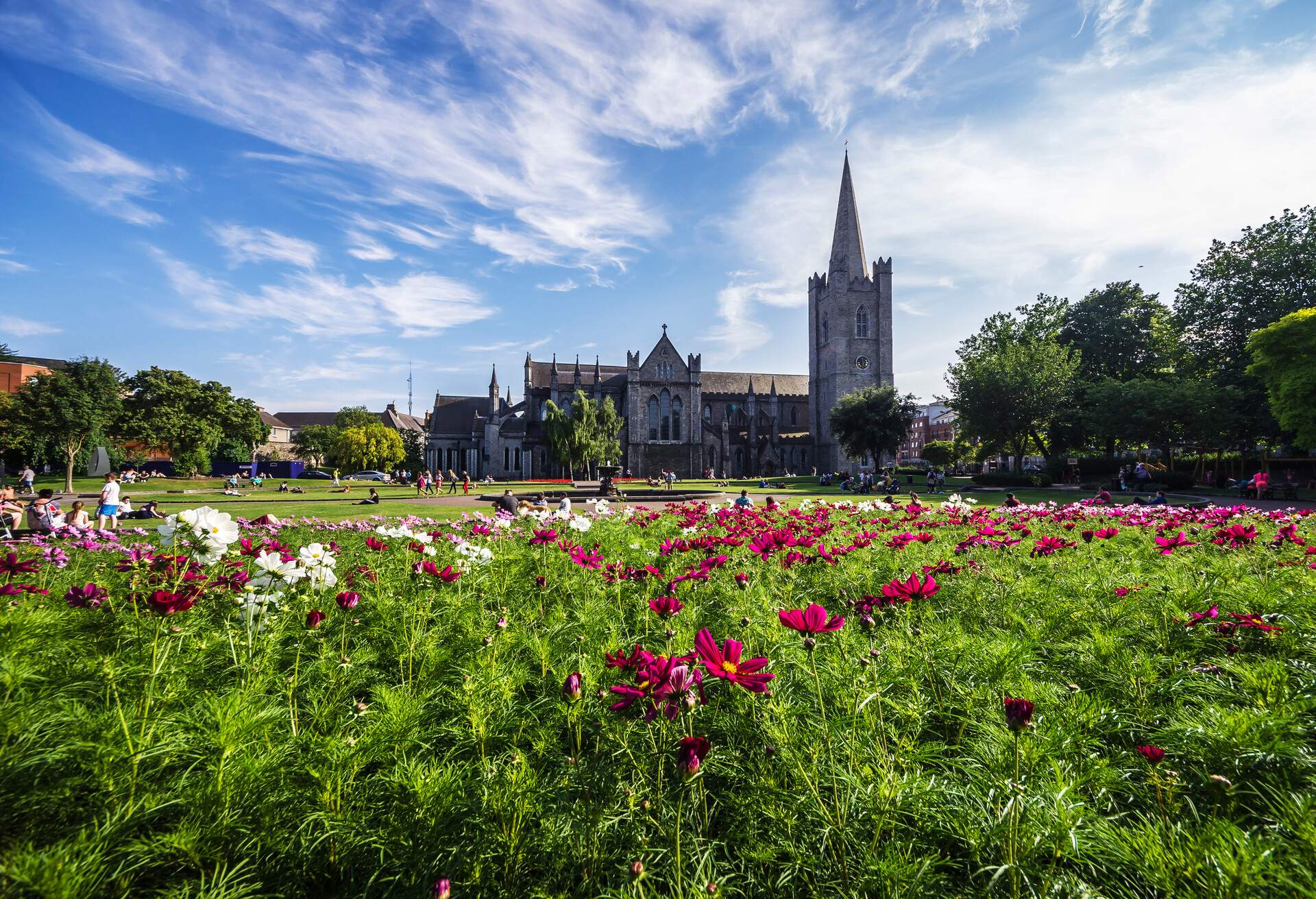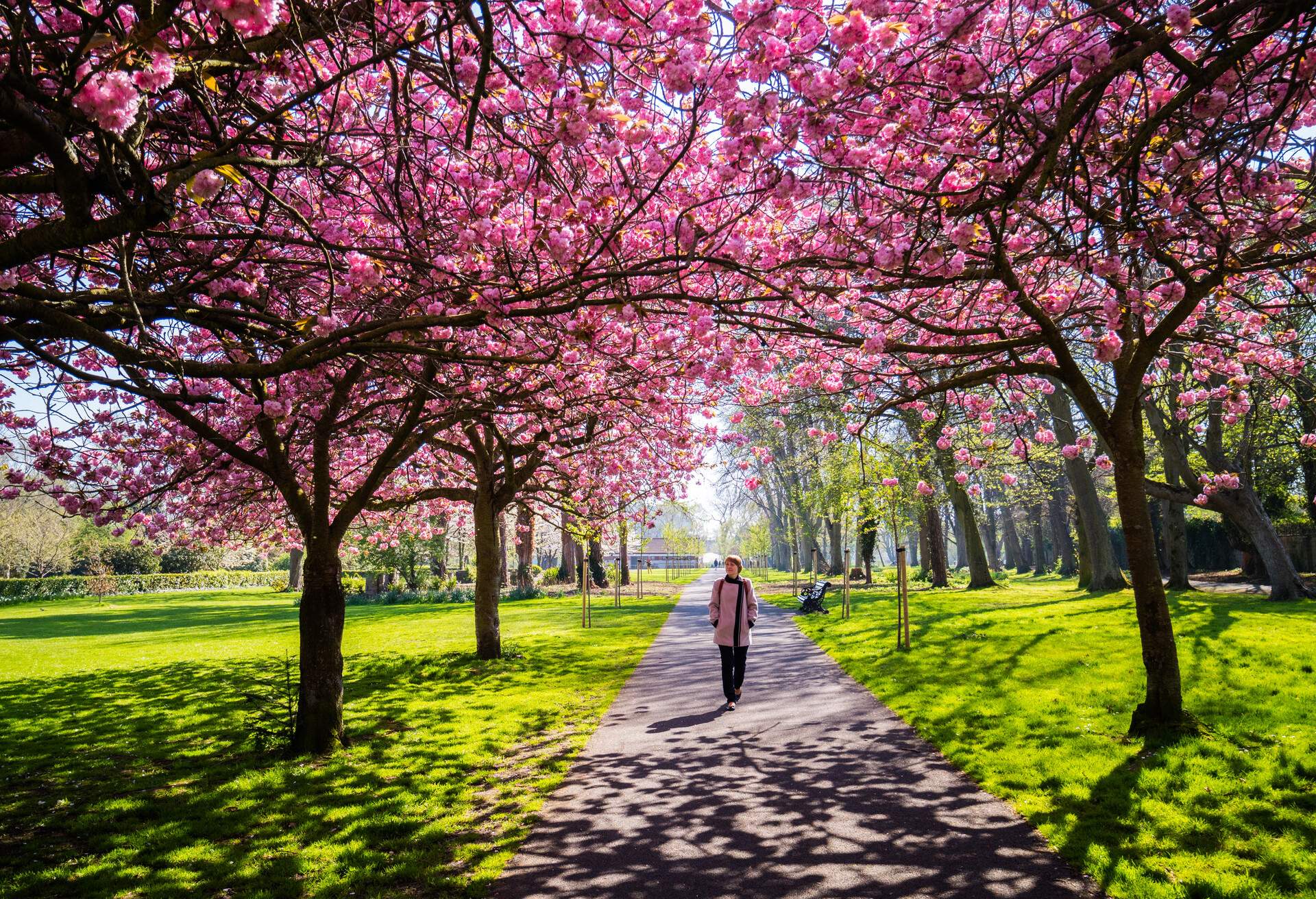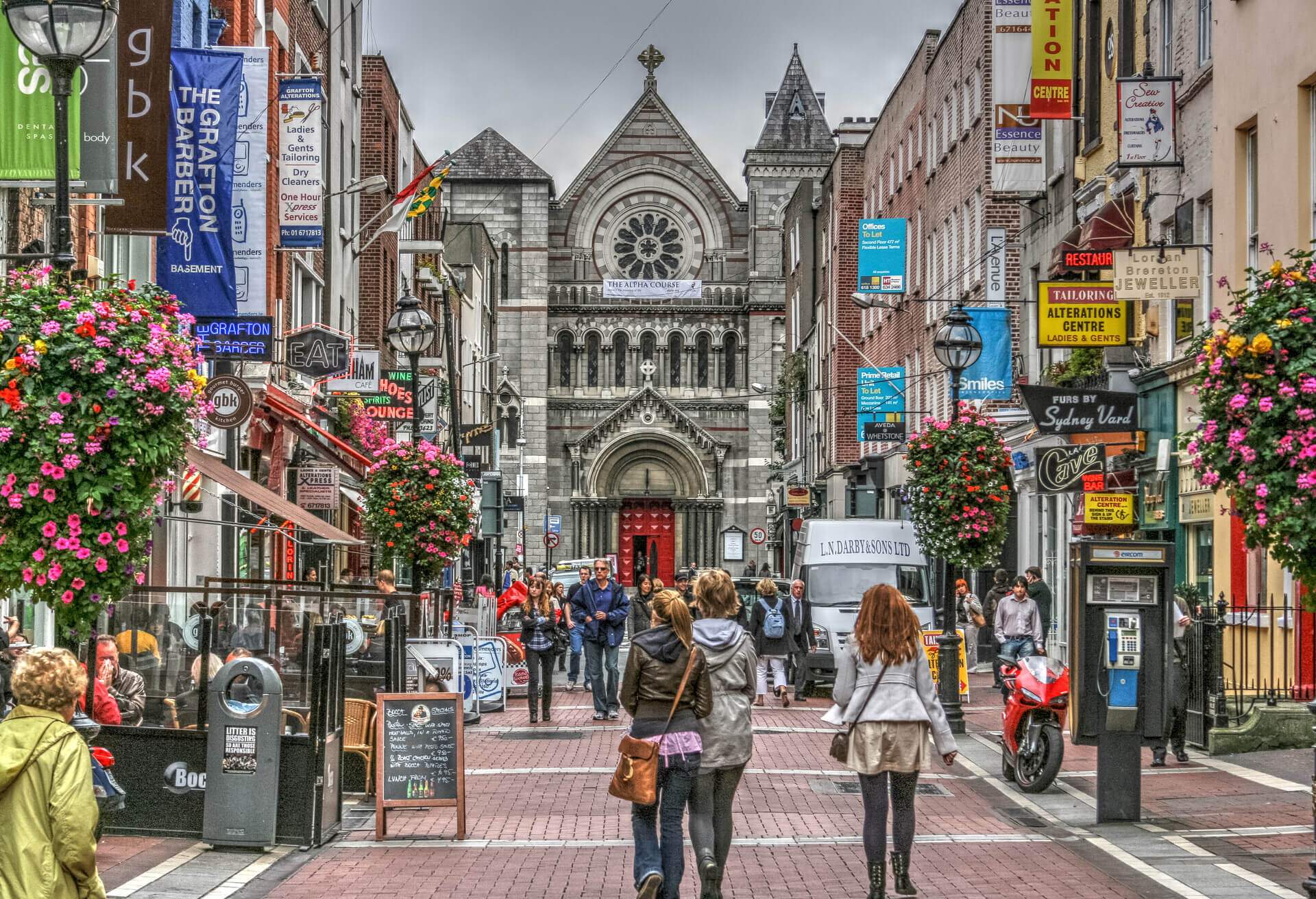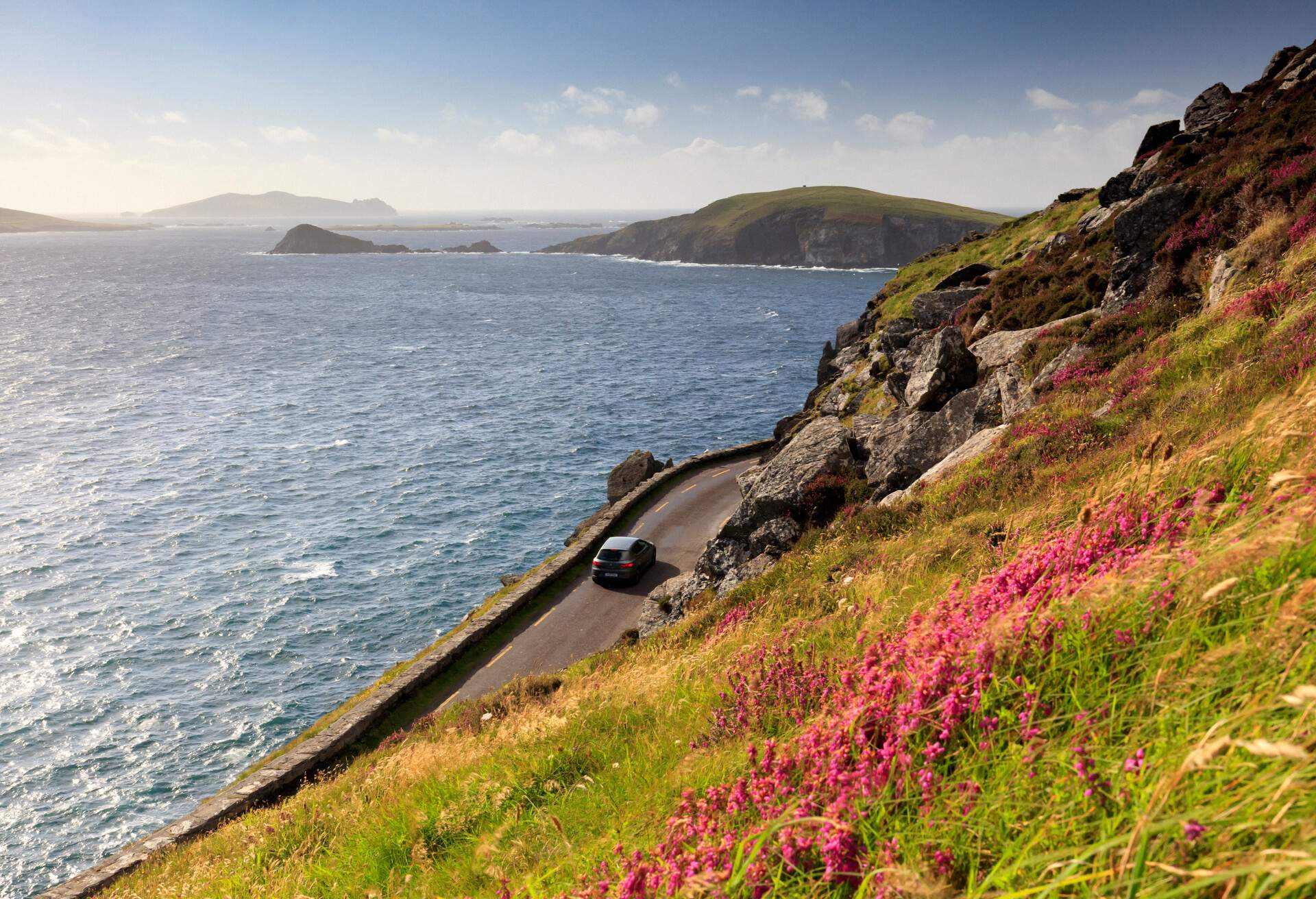It may be one of the smallest capital cities in the world, but its lack of size is more than made up for by the diversity of things to do in Dublin.
Stroll its city streets and you’ll discover beautiful cathedrals, haunted places, historical museums, free urban parks and of course, the buzzing pubs and live music scene. There’s an array of fun things to do in Dublin – all you need to do is go.
What are the best things to do in Dublin?
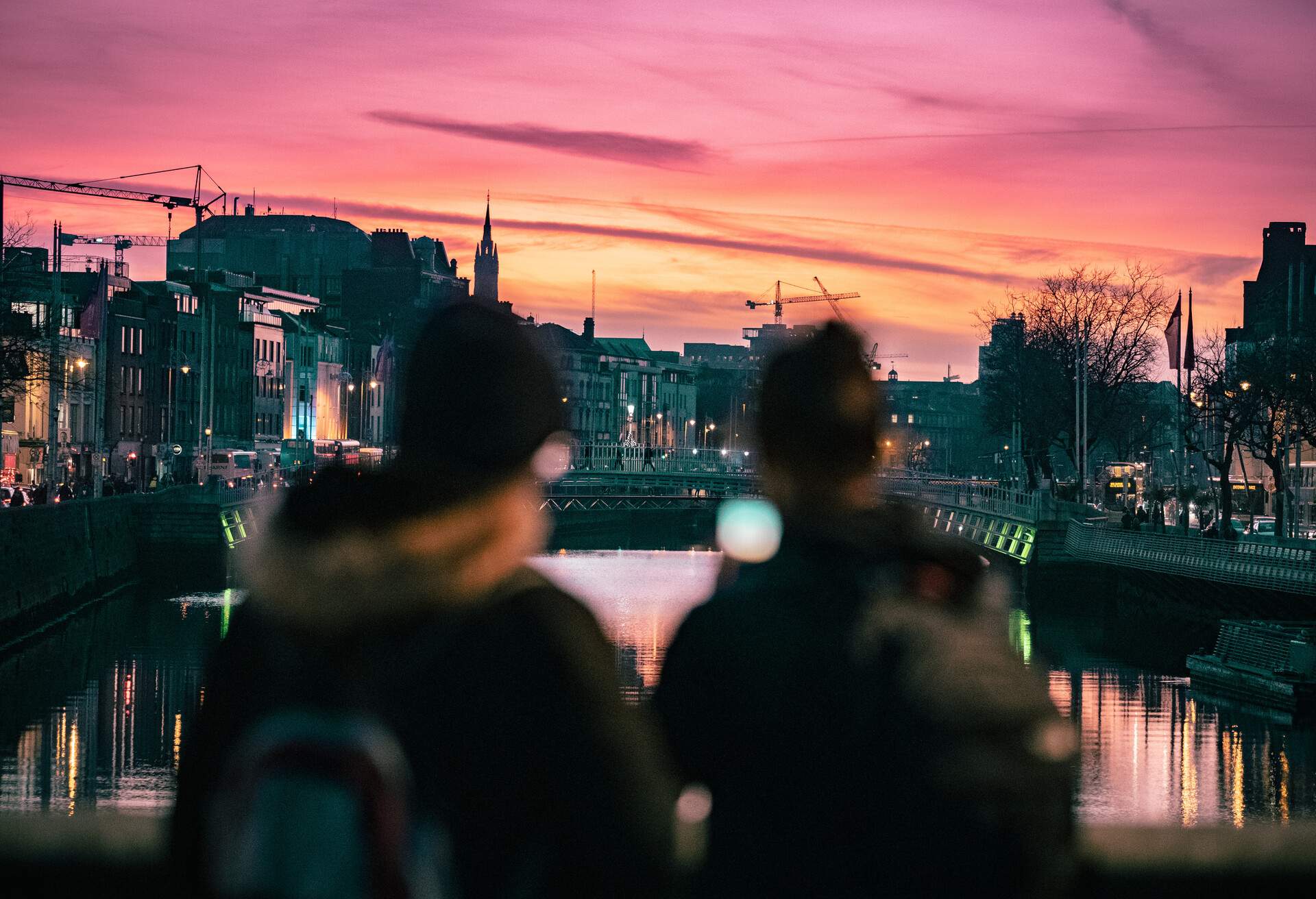
You’ll find many lists online telling you that the best things to do in Dublin involve going off the beaten path and steering clear of the main attractions. While we don’t disagree about being off the beaten path, the big Dublin attractions are popular for a reason. Seeing them is an important part of getting to know Ireland’s capital.
The trick is to balance the busy bits with the quieter spots. In this guide, we’ve mixed up the must-sees with some of our own favourites – the markets and museums, parks and pubs that make Dublin so special. And if you want a full rundown on visiting Ireland’s capital, read our Dublin City Guide.
- St. Patrick’s Cathedral
- Tram Café in St. Patrick’s Park
- Book of Kells in Trinity College
- Dublin Castle
- Temple Bar
- Guinness Storehouse
- Irish Museum of Modern Art
- Kilmainham Gaol
- Phoenix Park
- Little Museum of Dublin
- Dublin pub crawl
- Old Jameson Bow Street Distillery
- Christ Church Cathedral
- Dún Laoghaire
- The Forty Foot
- National Museum of Ireland
- EPIC – Irish Emigration Museum
- Glasnevin Cemetery
- National Botanic Gardens
- Marsh’s Library
- Fine dining
1. Meet Jonathan Swift at St. Patrick’s Cathedral
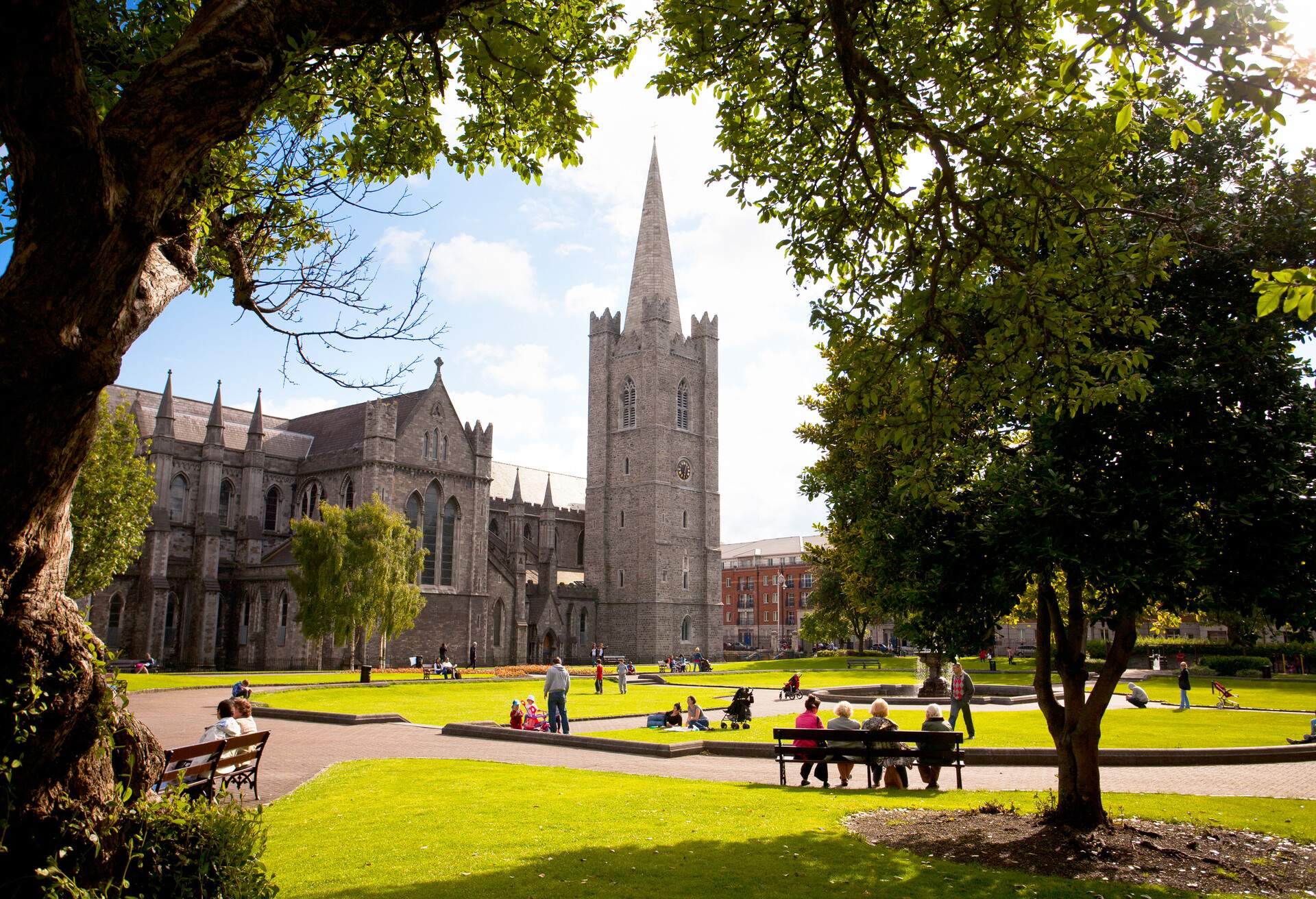
Dublin is known for two iconic cathedrals located a short walk from each other. We’ll explore Christ Church Cathedral a little later, but our first port of call is the bigger of the two, St. Patrick’s Cathedral.
Completed in 1260, famed writer and poet Jonathan Swift was dean of the cathedral for more than 30 years and is buried there. He wrote some of his most famous works while Dean, including Gulliver’s Travels.
The best way to explore and learn about its history is to take a free guided tour. Ask at the front desk when you arrive to join the next tour.
2. Recharge at the Tram Café in St. Patrick’s Park

Make for the quaint Tram Café in St. Patrick’s Park. Grab a coffee and slice of homemade cake, take a seat on one of the benches and recharge after your cathedral tour. Strolling the cathedral’s manicured grounds, flowerbeds and central fountain will give you a chance to see the cathedral in all its architectural prowess.
3. See the Book of Kells in Trinity College
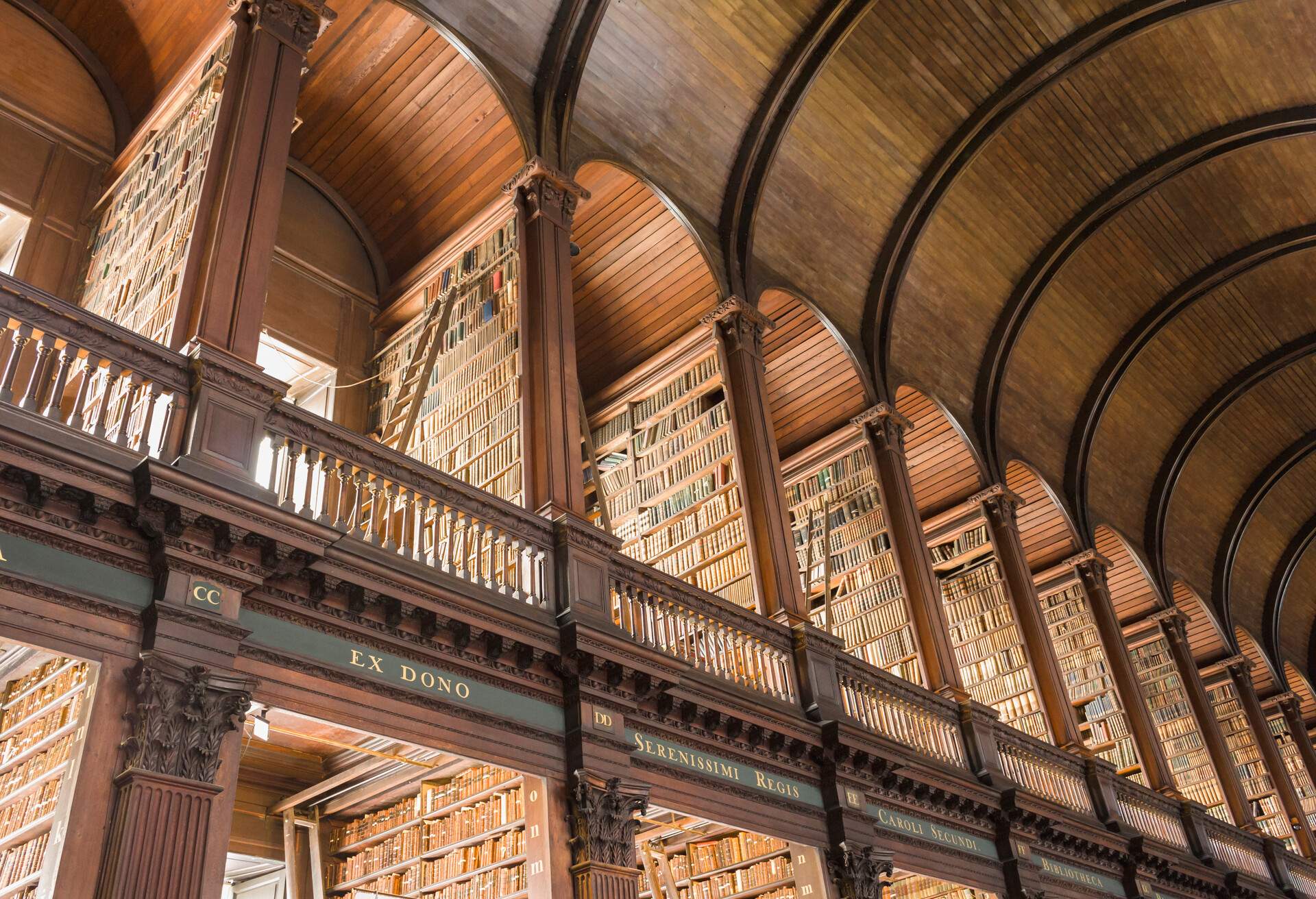
Ireland’s most prestigious university is also one of its most spectacular, a sprawl of cobbled streets and historic buildings in the Dublin city centre.
Among its many delights, the Long Room in the Old Library is the highlight. Its elegant wooden barrel-vaulted ceiling outlined with marble depictions of prominent philosophers and writers is one of the most photographed places in Dublin.
Trinity College is also home to the famed Book of Kells. An extraordinary illuminated Gospel manuscript written over 680 pages, it dates back to the 9th century and is one of the most celebrated books in the world.
You can book a dedicated Book of Kells guided tour online, usually with plenty of short notice availability.
4. Get in touch with your inner Viking at Dublin Castle
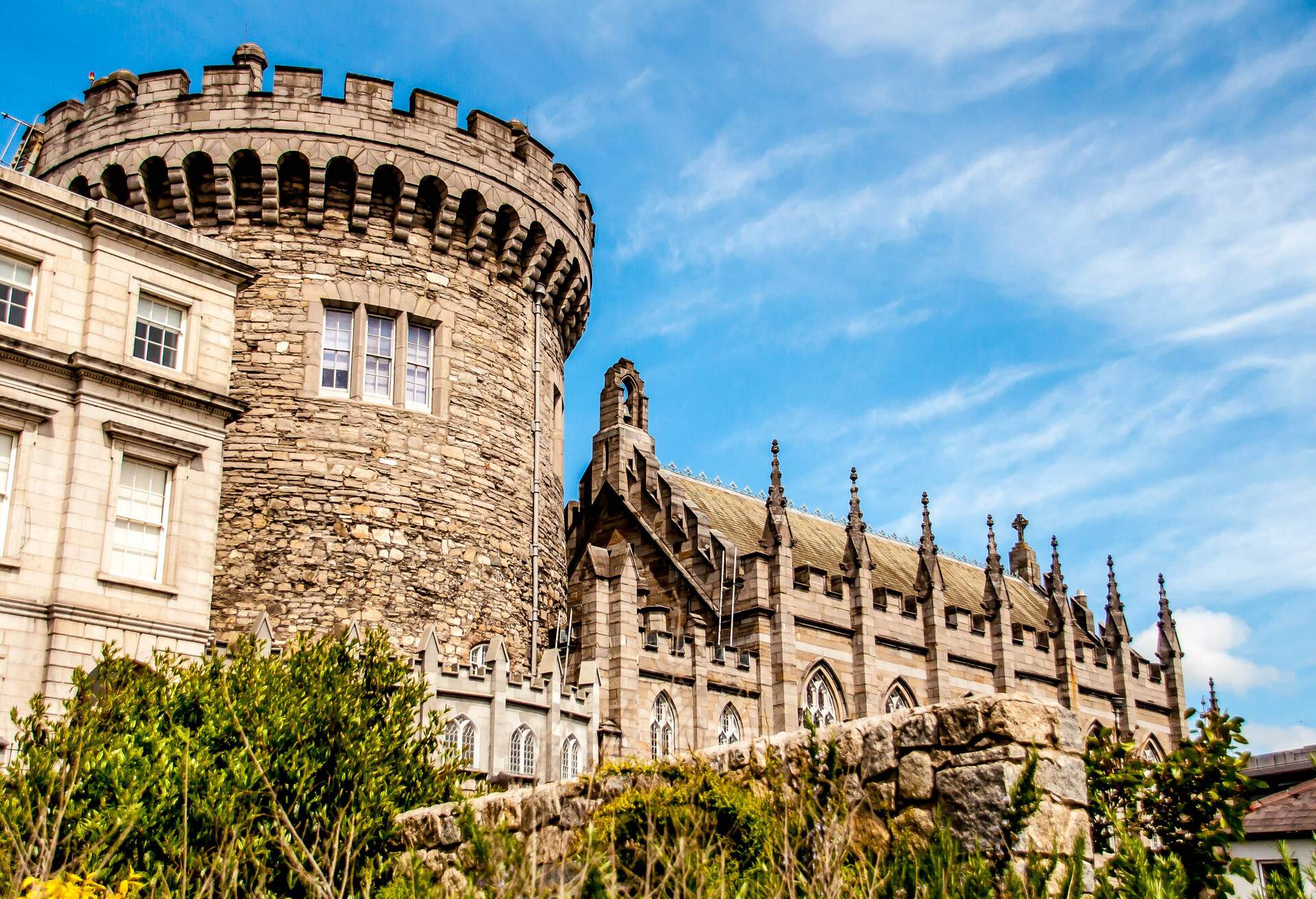
Built on the site of an old Viking settlement around 1200 AD, Dublin Castle was the seat of the British administration in Ireland until 1922. Self-guided and guided tours take you to every part of the castle, from subterranean Viking defences to the lovely Dubh Linn gardens on its grounds.
A lively calendar of events, from exhibitions to concerts, is worth checking out before you visit. If you get peckish, make for the Chester Beatty museum (a lovely place to visit in its own right) where you’ll find the excellent Silk Road Café serving Middle Eastern treats.
5. Find out why Temple Bar is booming once again
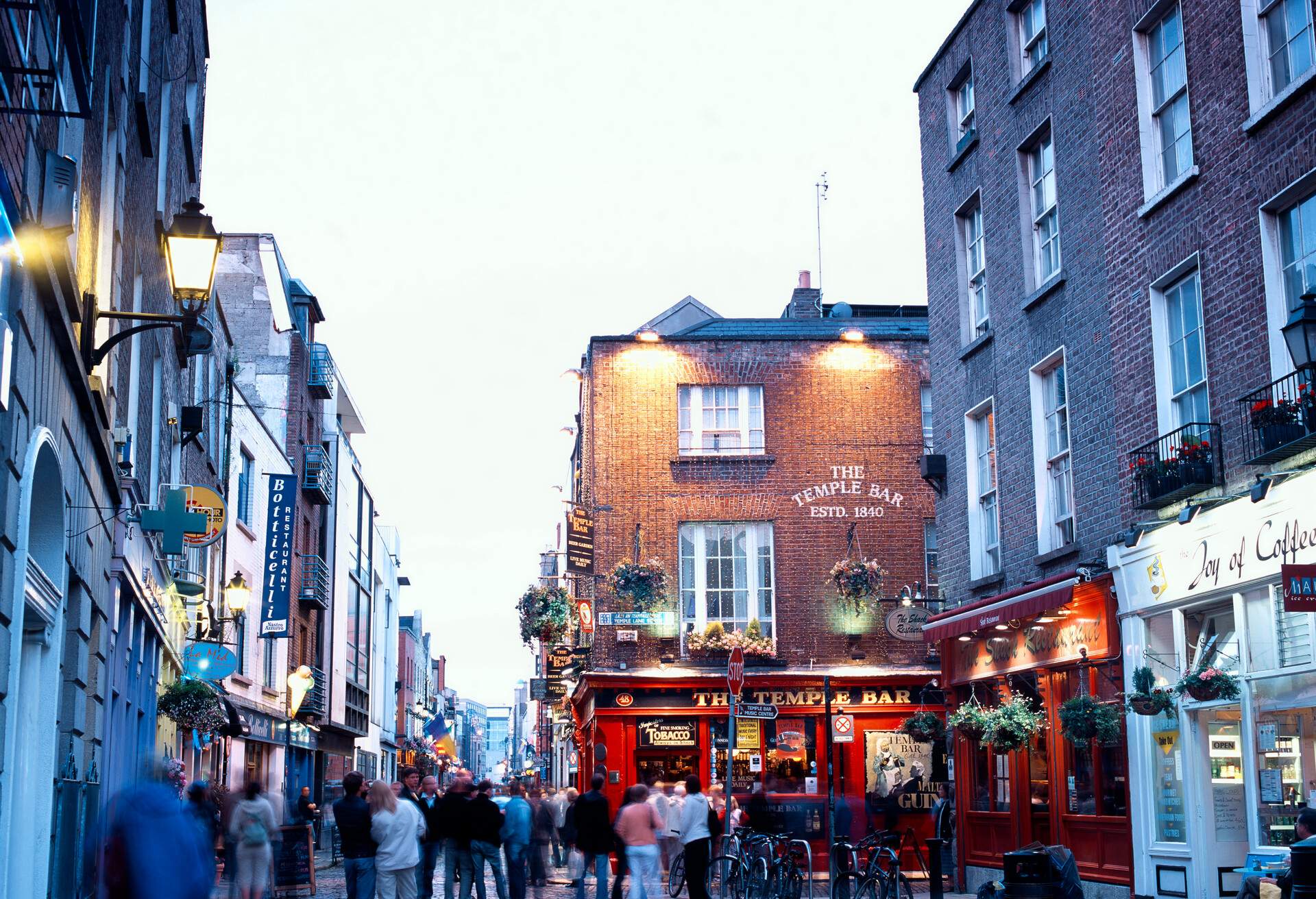
Long tarnished by its reputation as a Dublin attraction for stag and hen dos, the Temple Bar neighbourhood has cleaned up its act. Today this cluster of cobbled pedestrian lanes on Dublin’s riverside is home to some lovely fringe boutiques, alternative cafés, and quirky bars and pubs.
Join artist collective Icon Factory on their open-air Icon Walk, “the greatest story ever strolled” to learn about Ireland’s famed sons and daughters. Stop by the excellent Project Arts Centre and refresh yourself after at the historic Palace Bar or sultry Vintage Cocktail Club (you’ll need to book a table for the latter).
KAYAK top tip: the lower end of Temple Bar (towards Cow’s Lane) has some beautiful, less touristy, independent stores and cafés. Our favourites include contemporary menswear store Indigo & Cloth, who also do great coffee, and Scout for womenswear and unique gifts.
6. Drink a proper pint of Guinness at the Guinness Storehouse
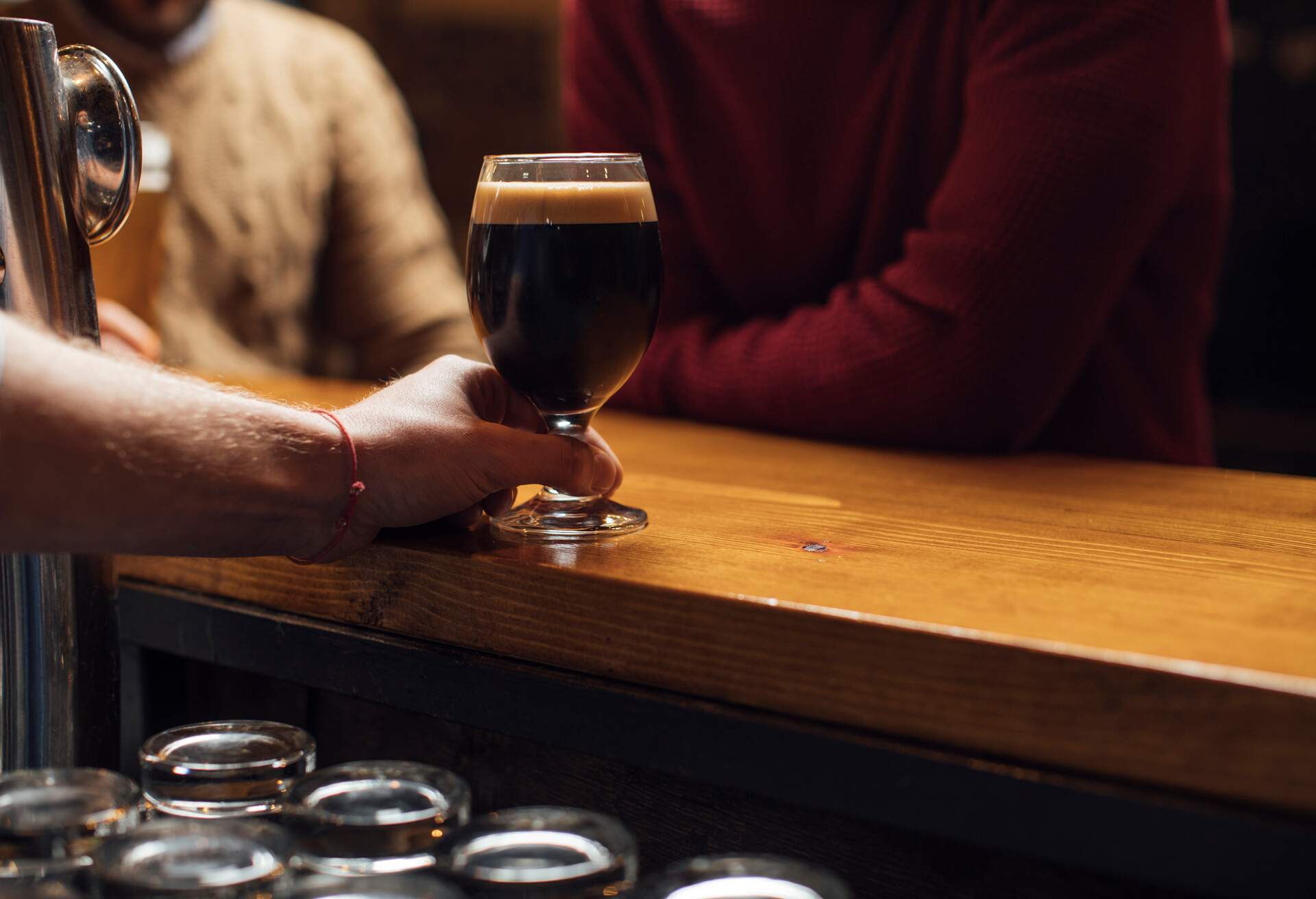
If there’s one thing to do in Dublin, it’s drink a pint of properly poured Guinness. And there’s nowhere better to do that than at the Guinness Storehouse. In 1759, Arthur Guinness took out a lease on the St. James’s Gate Brewery in Dublin city centre and created the drink that has become synonymous with Ireland.
Today the brewhouse is regularly Ireland’s most popular tourist attraction, its tours telling the story of its history, brewing and place in Irish culture. On the seventh floor you’ll find the 360-degree Gravity Bar, where you can have a pint of Guinness and thank Arthur for all he’s done for the drinking people of Ireland and the world.
7. Get contemporary at the Irish Museum of Modern Art
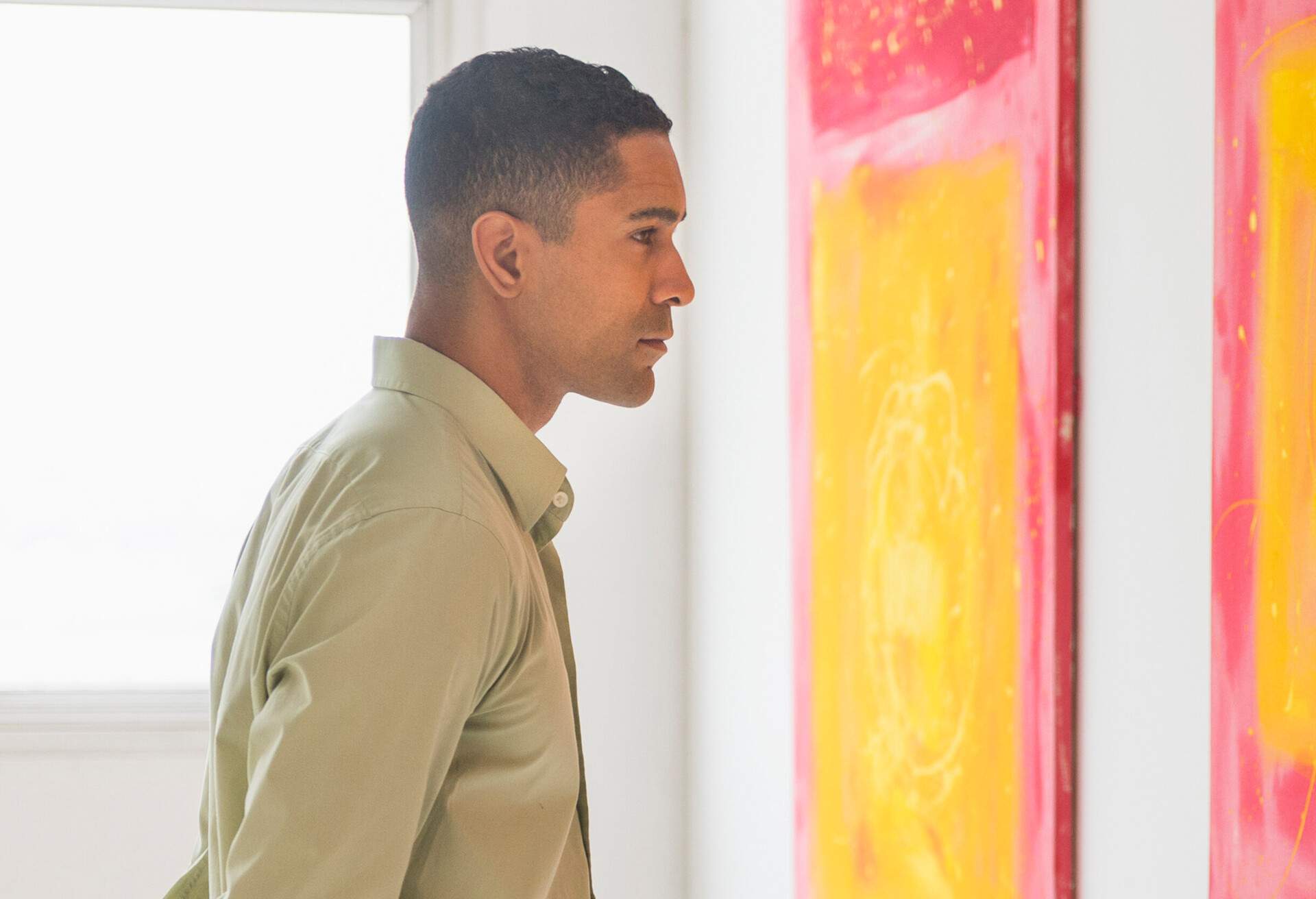
A leading institute with a diverse and ambitious programme spread across 48 acres of beautiful grounds at the historic Royal Hospital Kilmainham. The IMMA hosts various commissions, exhibitions and projects by leading Irish and international artists.
There are more than 3,500 artworks in the National Collection spread not only through the former 17th century hospital but also outside into its grounds. Closed on Sundays.
8. Unravel Ireland’s bloody history at Kilmainham Gaol
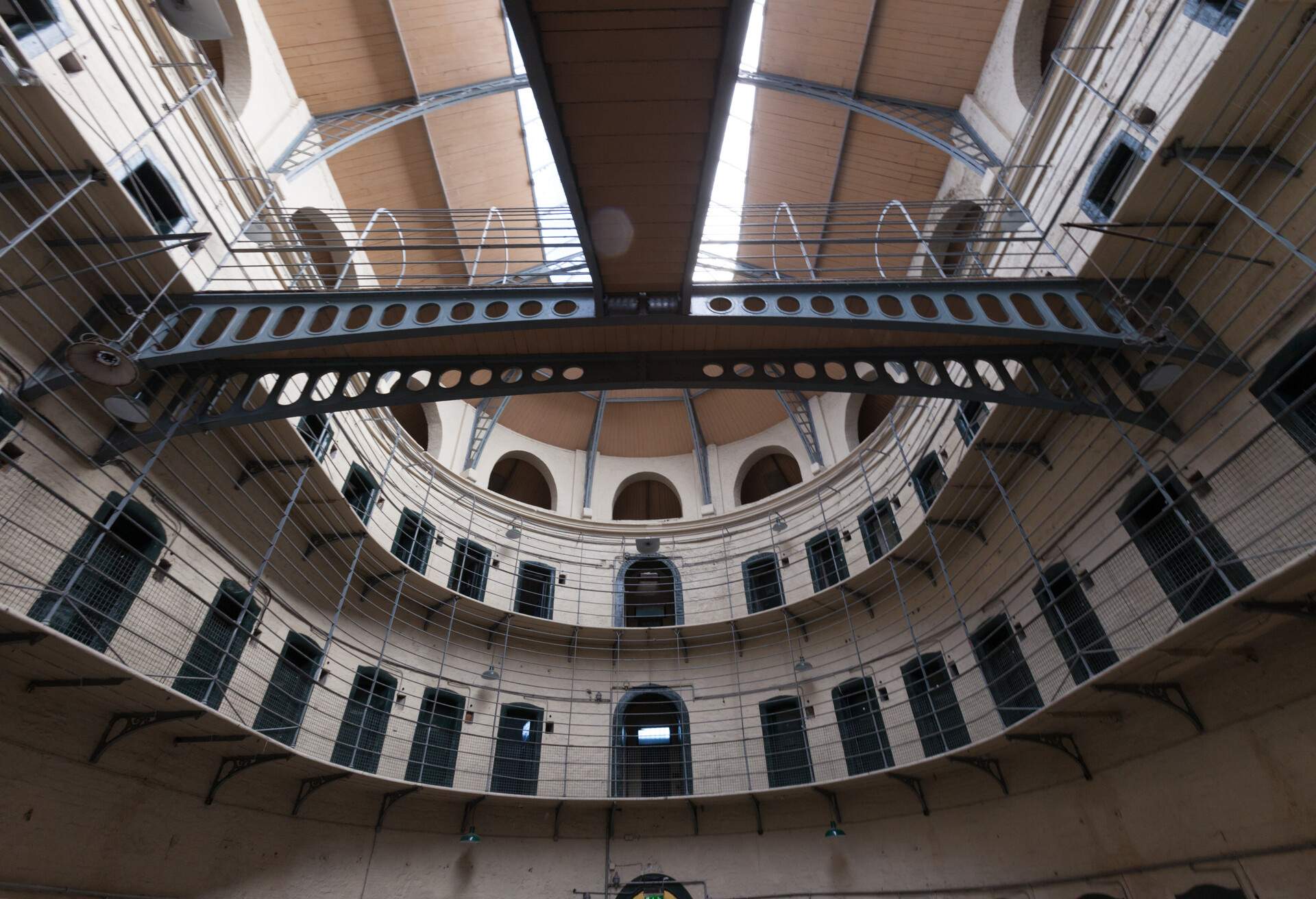
Not far from the IMMA is another extraordinary Dublin attraction: Kilmainham Gaol. Imposing, chilling, oddly beautiful, this 1796 prison has been witness to and participant in Ireland’s historic road to independence from the British.
Through the stories and personal effects of its many prisoners, the excellent guided tours really bring to life the story of Irish nationalism, from the 1798 rebellion to the 1916 Easter Rising, the leaders of which were executed at the jail.
Open year round, you’ll need to pre-book your ticket as access is only by guided tour.
9. Spend a day in Phoenix Park
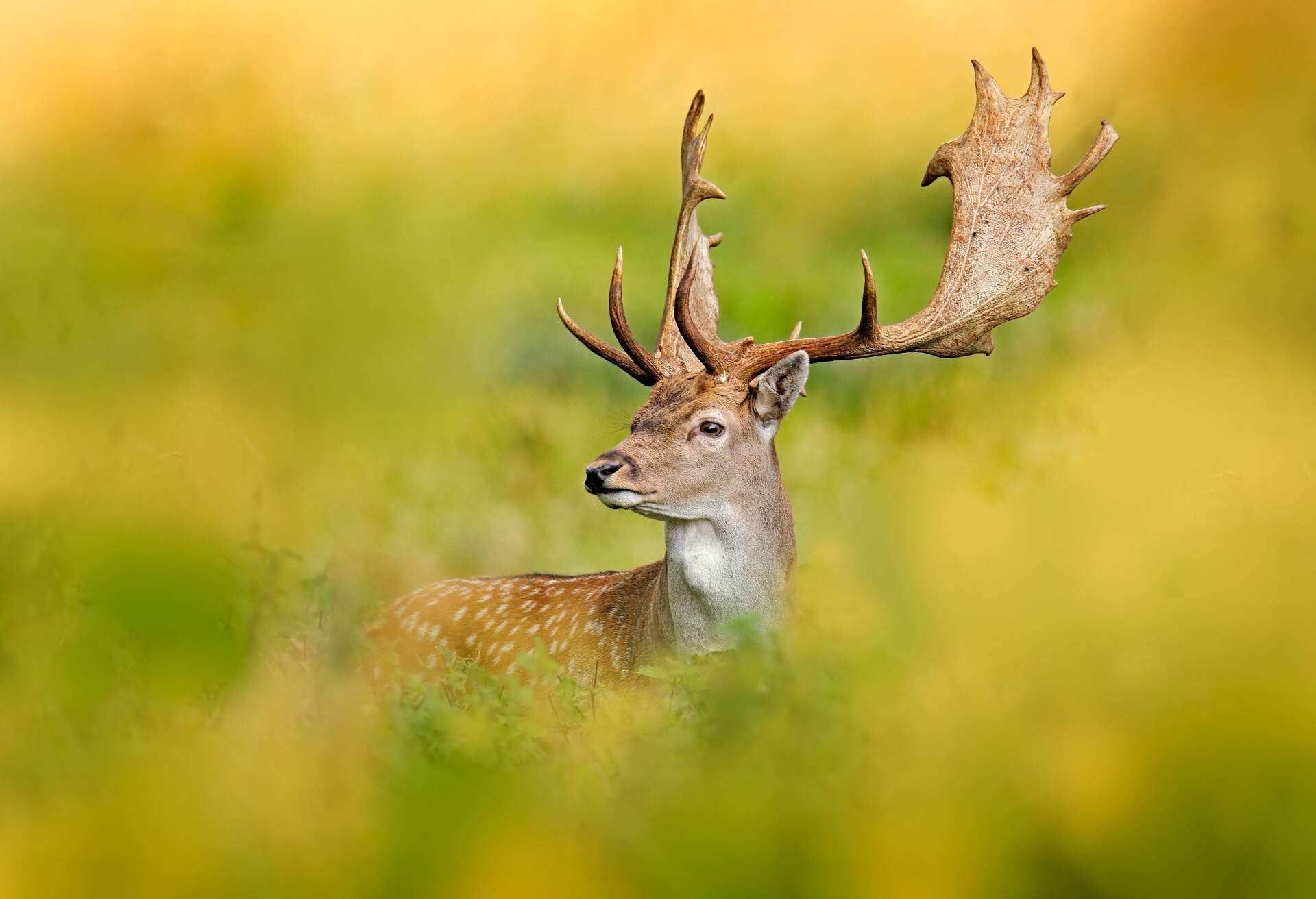
One of Europe’s largest urban parks, Phoenix Park is a 709-hectare slice of wildlife and one of the loveliest places to visit in Dublin. It’s home to local dog walkers and picnickers, a herd of wild fallow deer, Dublin Zoo and the Irish President’s residence at Áras an Uachtaráin.
Open 24/7 year round, the park also hosts events and exhibitions so check its event calendar to see what’s on.
10. Think big at the Little Museum of Dublin
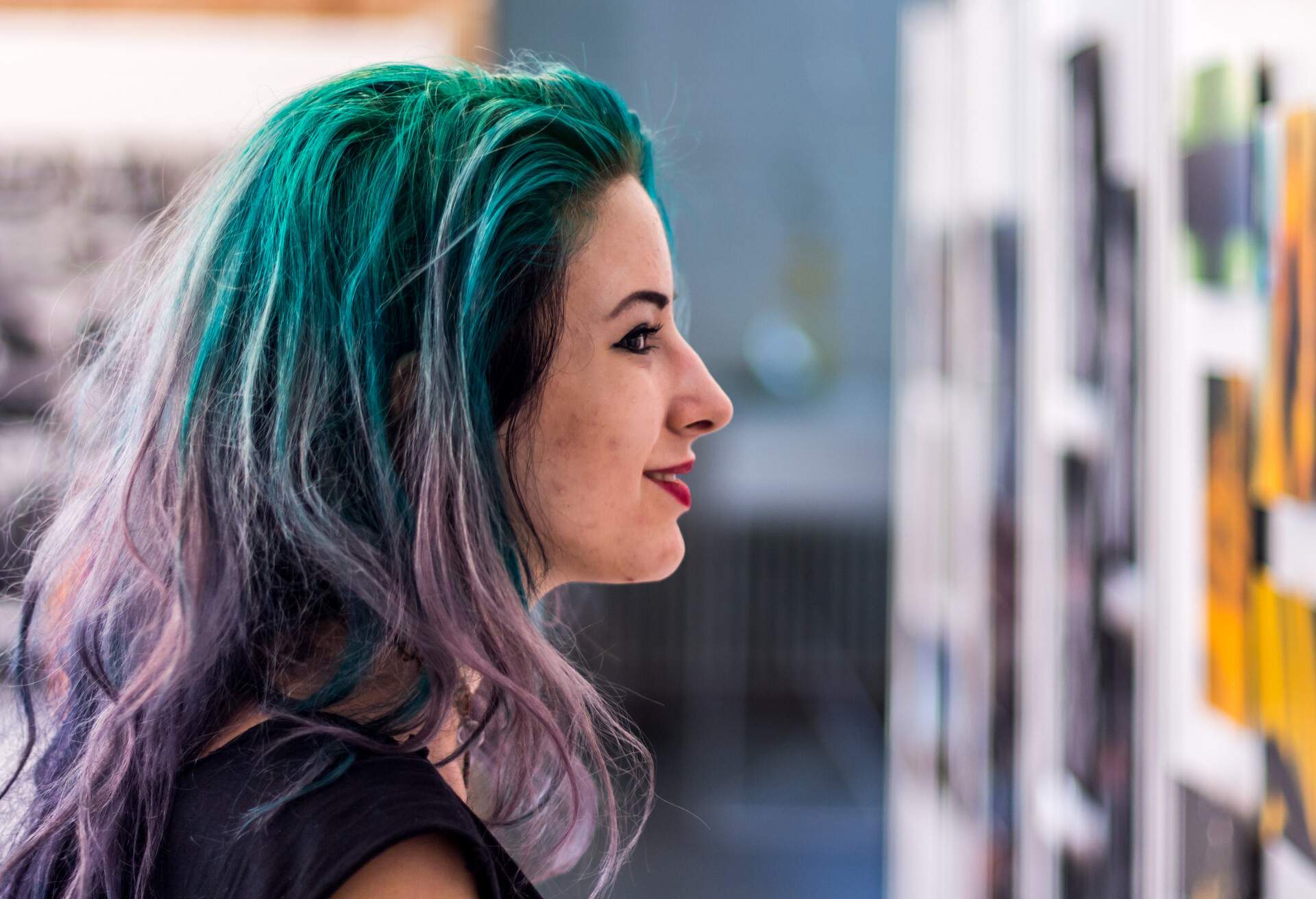
In a Georgian townhouse next to St. Stephen’s Green, the Little Museum of Dublin is proof positive that size matters. The smaller, the better. Beguiling and hugely interesting, it navigates the history of Dublin in surprising and fun exhibits.
Along the way you’ll find everything from the letter that caused the Irish Civil War to a room dedicated to U2.
The range of tours are equally as creative and engaging. The Big Little Treasure Hunt will take you on a journey through St. Stephen’s Green, while the After Hours Tour adds wine and naughty jokes to the mix.
11. Quench your thirst on a Dublin pub crawl
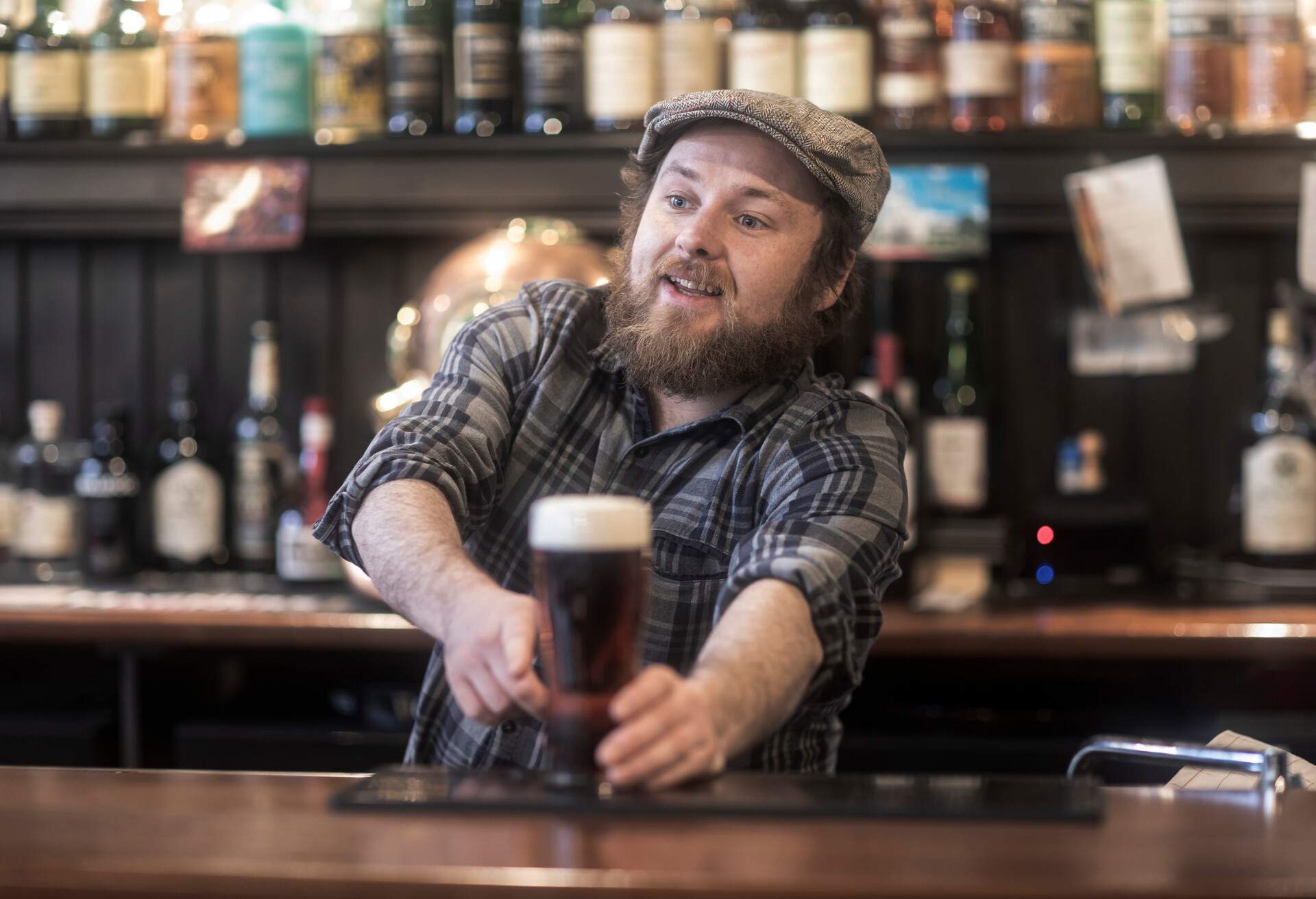
Dublin has a long history with alcohol and its pubs remain the heartbeat and social lifeblood of the city. And with more than 1,000 pubs lining its streets, there are plenty to choose from beyond the famed Temple Bar district.
If you don’t trust yourself on a self-guided tour, the Dublin Literary Pub Crawl adds some culture to your beer. A form of street theatre, actors wander Dublin’s famous bars, performing quotes from the works of the likes of James Joyce and Oscar Wilde along the way.
KAYAK top tip: if pints aren’t your thing, Dublin also has a range of great wine bars to choose from. Some of our favourites include Franks Natural Wine Bar, Loose Cannon and the wine cellar at Fallon & Byrne.
12. Tour the Old Jameson Bow Street Distillery
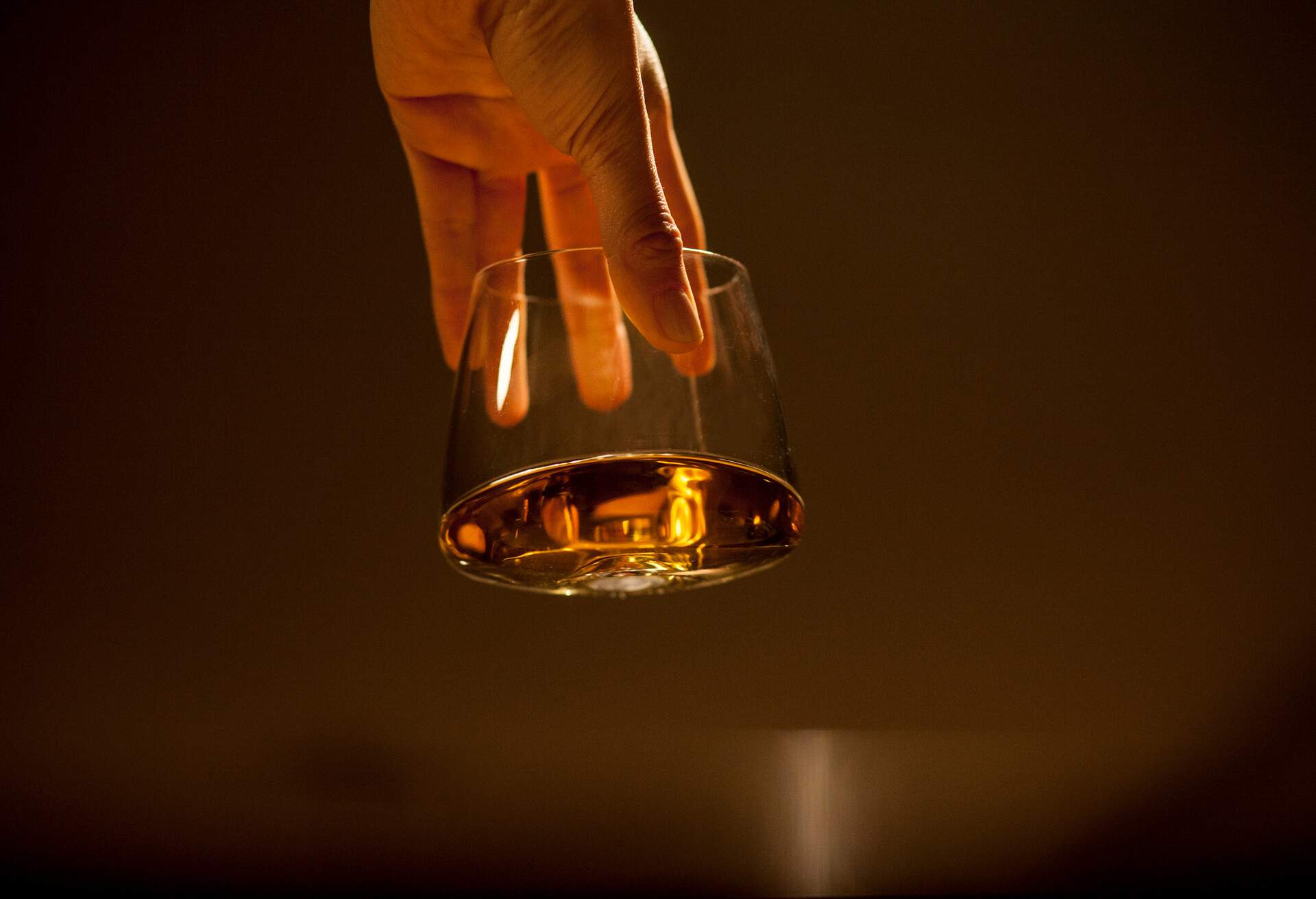
It was on this site that John Jameson founded his famous whiskey in 1780. Today, the site of the Old Jameson Bow Street Distillery has been transformed into an ode to Irish Whiskey.
A range of tours takes you through the distillation process before offering you a chance to indulge in a whiskey tasting session. You can even personalise and fill your own bottle direct from the barrel.
Still not satisfied? There are more tours and tastings at the Irish Whiskey Museum on Grafton Street.
13. Stare in awe at Christ Church Cathedral
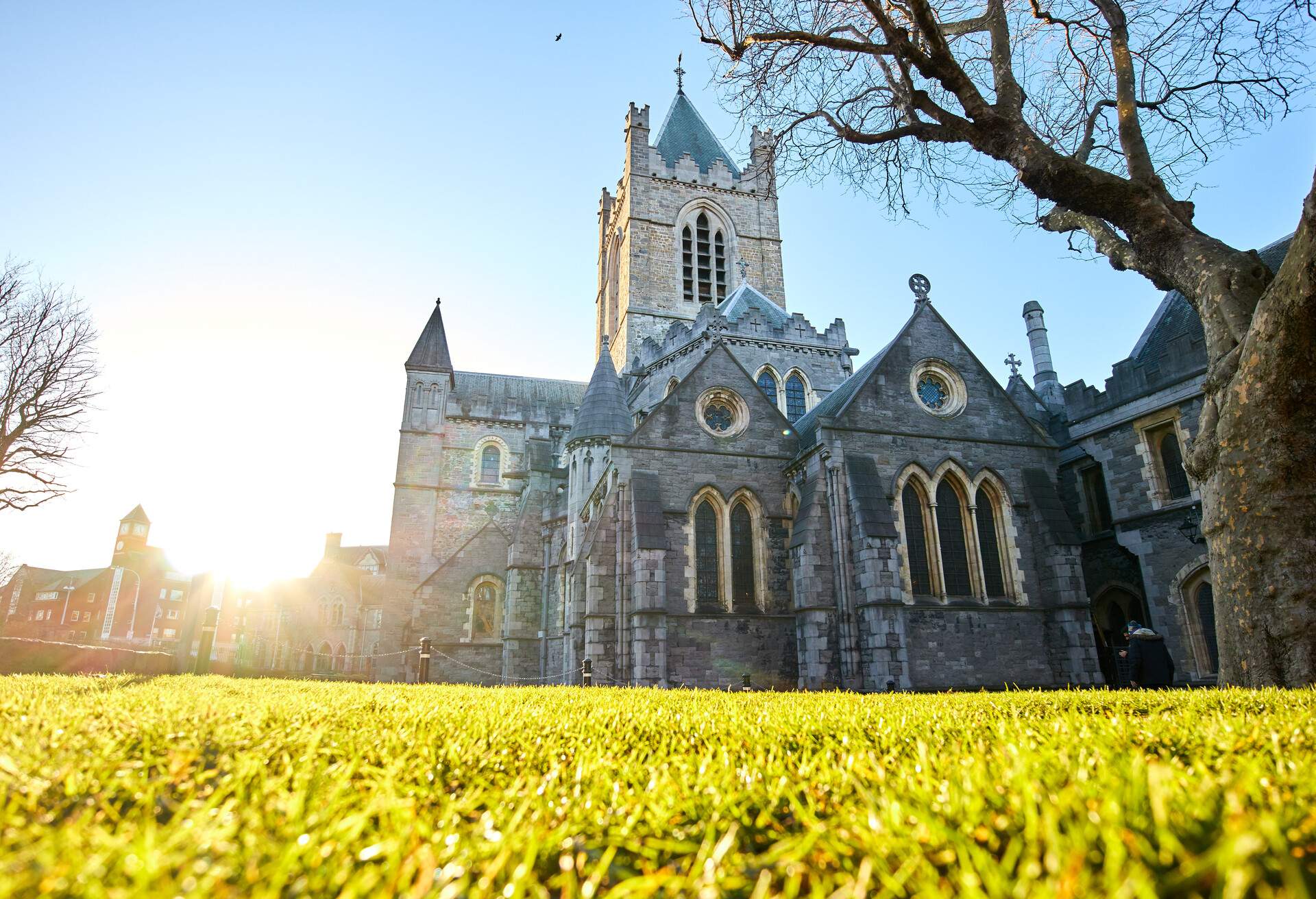
Spectacular 12th century Christ Church Cathedral is set in the middle of Mediaeval Dublin. With its impressive flying buttresses, vaulted interiors, Mediaeval tiled floor and the beautiful bridge to Dublinia, it’s one of Dublin’s most impressive sights.
Take a tour of the nave and crypt and keep an eye out for treasures like the rare copy of the Magna Carta and the mummified rat and cat (seriously).
14. Take a day trip to Dún Laoghaire
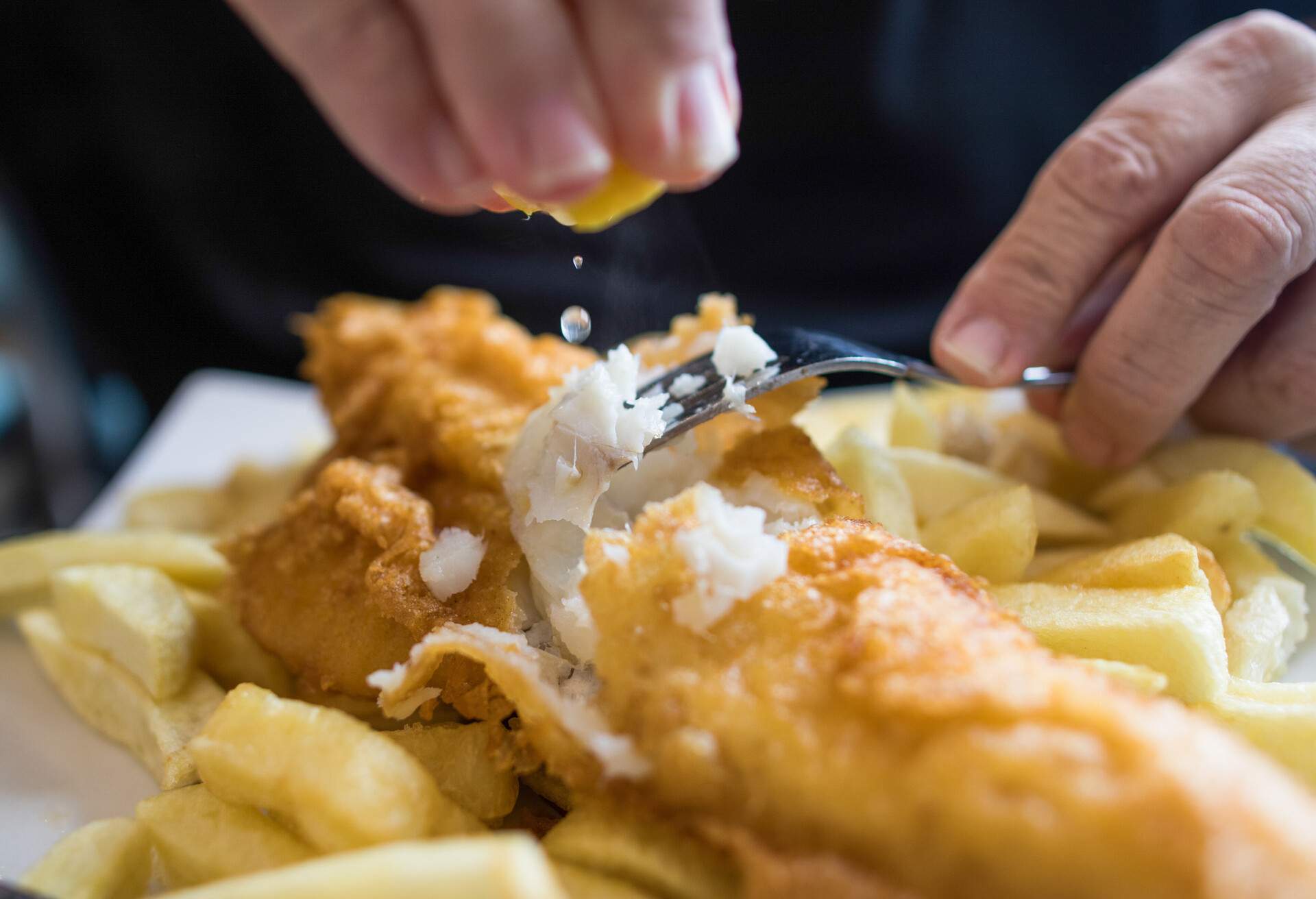
Coastal suburb Dún Laoghaire is a popular spot in Dublin’s south, easy to reach using the DART rail line.
Stroll its East Pier and pick up some locally caught fish and chips for the full experience (mind the gulls!). Round off lunch with a 99 from Teddy’s, which has been satisfying the sweet-toothed since the 1950s.
While you’re there, drop into the National Maritime Museum housed in a 19th century sailor’s church. If you’re feeling brave, head to the nearby James Joyce Tower before dipping a toe in at the Forty Foot.
15. Wild swim at the Forty Foot
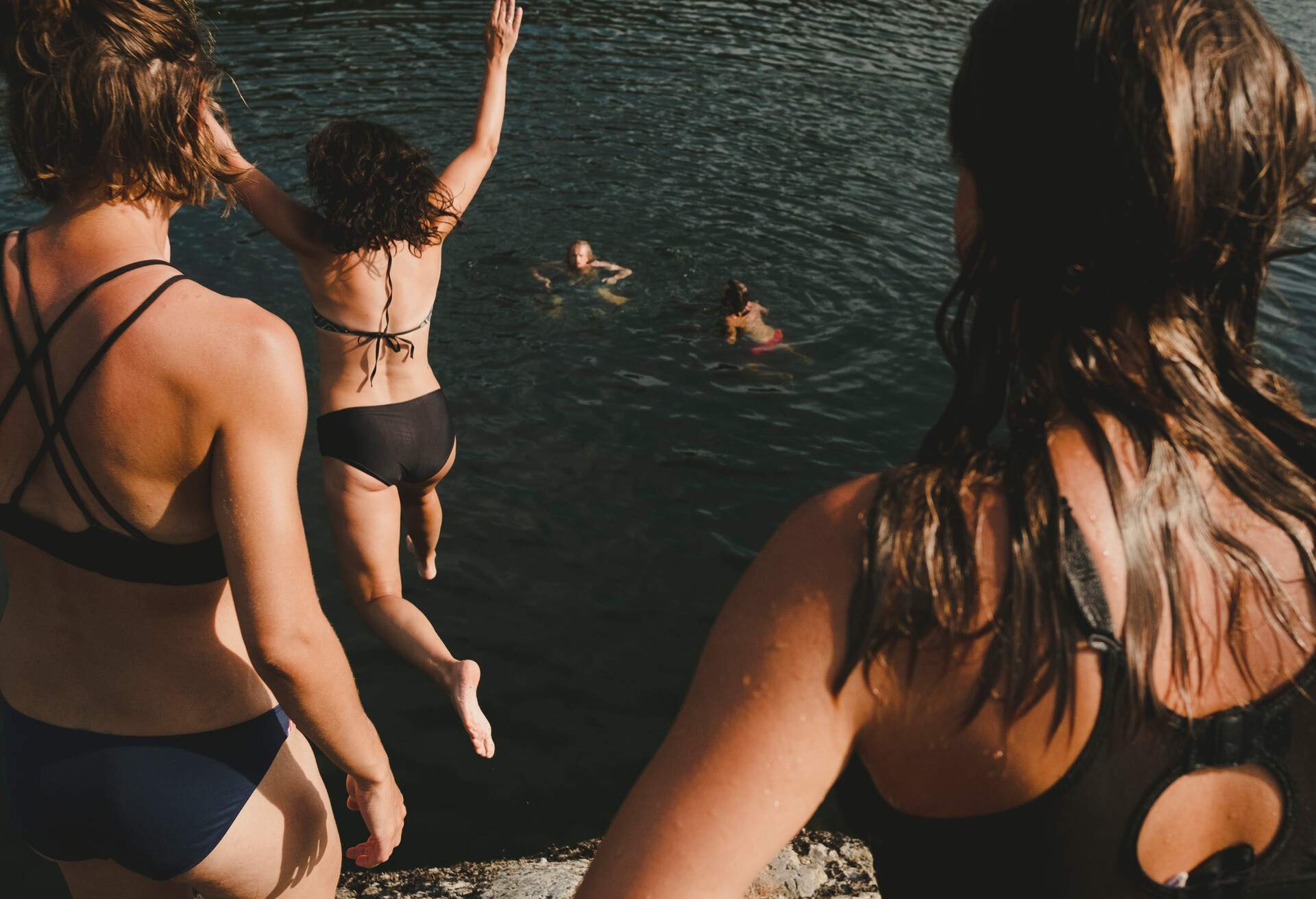
This promontory and bathing pool on the southern tip of Dublin Bay has been the preferred swimming spot for hardy Dubliners since the 18th century. Though its name remains a mystery, the Forty Foot’s appeal is clear for all to see. Historic, wild, spectacular, it draws swimmers to its icy waters all year round.
Once a male only spot popular with nudists, today it’s free for everyone to enjoy – with due caution of course as rocks are slippery and the water often very cold. Be warned however, etiquette states you should never utter so much as a whimper while you submerge, lest you show yourself a Forty Foot novice.
KAYAK top tip: for an alternative swimming option, take the DART to Killiney, walk up Killiney Hill then go for a dip at Vico if you’re brave. Follow it with a pint in Finnegan’s.
16. Meet Iron Age people at the National Museum of Ireland
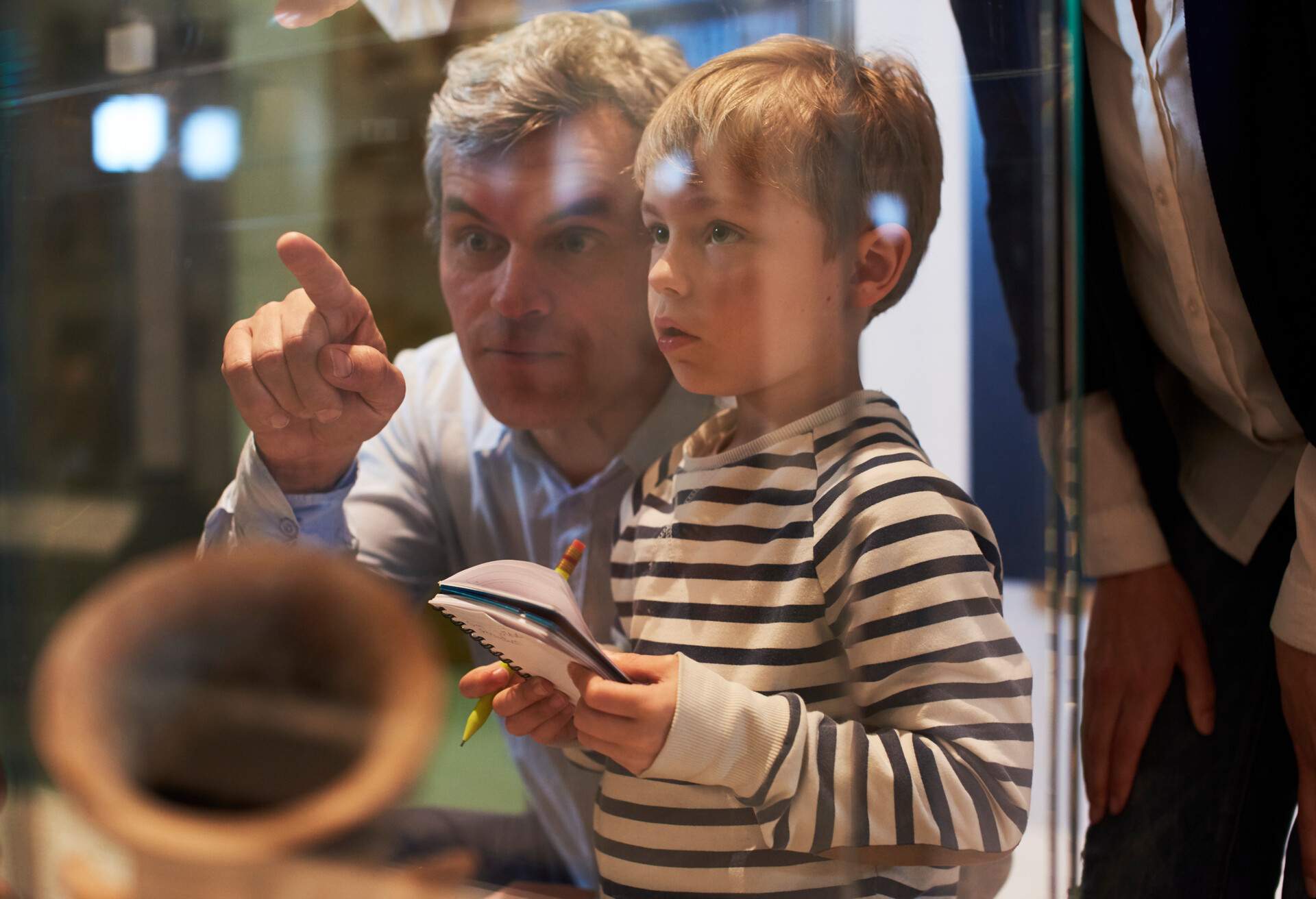
Consisting of three museum buildings dedicated to Natural History, the Decorative Arts and History, and Archaeology, the National Museum of Ireland tells the story of the nation.
It’s the Archaeology museum that holds the greatest wonders. Discover Viking artefacts, Celtic treasures like the Tara Brooch and the Iron Age bog bodies – mummified corpses preserved to perfection through the millennia by Ireland’s peat bogs.
Open daily but times vary and admission is free.
17. Get EPIC at the Irish Emigration Museum

Voted Europe’s leading tourist attraction at the World Travel Awards consecutively from 2019 to 2021, EPIC certainly lives up to its name. Through technology and creative interactive exhibits, EPIC charts the impact of Ireland’s emigrants on the wider world. Writers, actors, scientists, politicians and outlaws all get their dues.
The Irish Family History Centre even offers a genealogy service so you can find out if you’re one of the 70 million or so descendants of Irish ancestry. There’s so much to see, tickets are valid for two separate entries within 30 days of each other.
18. Walk among ghosts in Glasnevin Cemetery
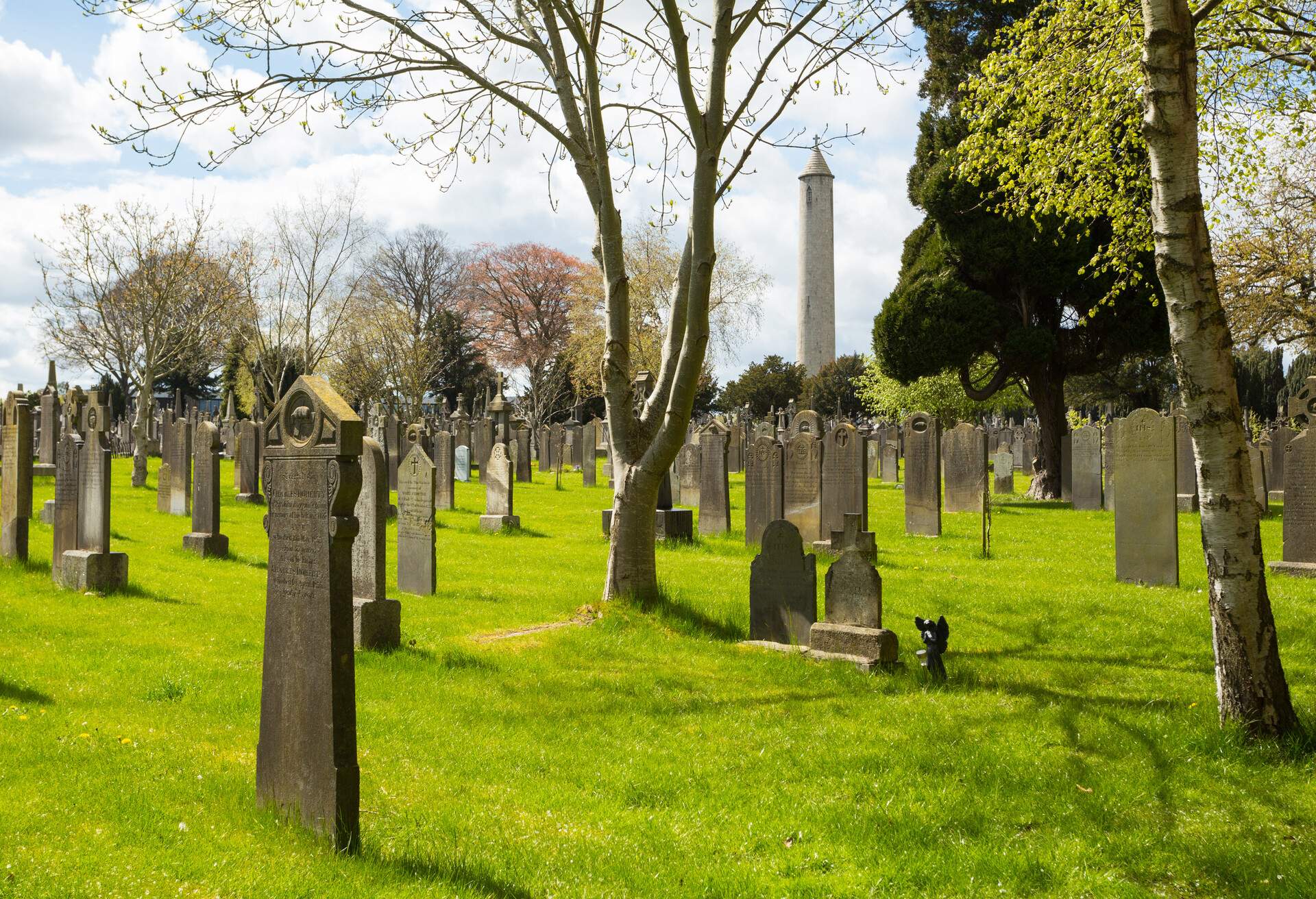
It may seem morbid to visit a graveyard, but like several others around the world, Glasnevin Cemetery is an important window into Ireland’s past. Browsing its tombstones is like reading a definitive list of Ireland’s most important players from the last 150 years. Among them is the crypt of ‘The Liberator’ Daniel O’Connell.
The ‘Extra-ordinary Lives’ exhibition tells the stories of 20 of Glasnevin’s residents and in doing so tells the story of the nation. Guided tours are available or you can just wander the grounds yourself. If you have the energy, extend your stroll through the dedicated gateway to the National Botanic Gardens next door.
Referred to as a “little piece of heaven” by the late, great Anthony Bourdain, the attached pub John Kavanagh The Gravediggers is a great pitstop when in the area.
19. Stretch your legs in the National Botanic Gardens

Leisure, recreation and education come together in the peaceful National Botanic Gardens of Ireland. A place of serenity and calm, an hour or two here is the perfect complement to a walk around Glasnevin. Open year round, entry is free.
The 19.5 hectare gardens are home to many natural and scientific treasures, many of which are housed in the magnificent restored glasshouses built by Richard Turner in the mid 19th century. When fatigue sets in, grab a coffee and cake at The Garden Tearoom.
20. Meet giants of literature at Marsh’s Library
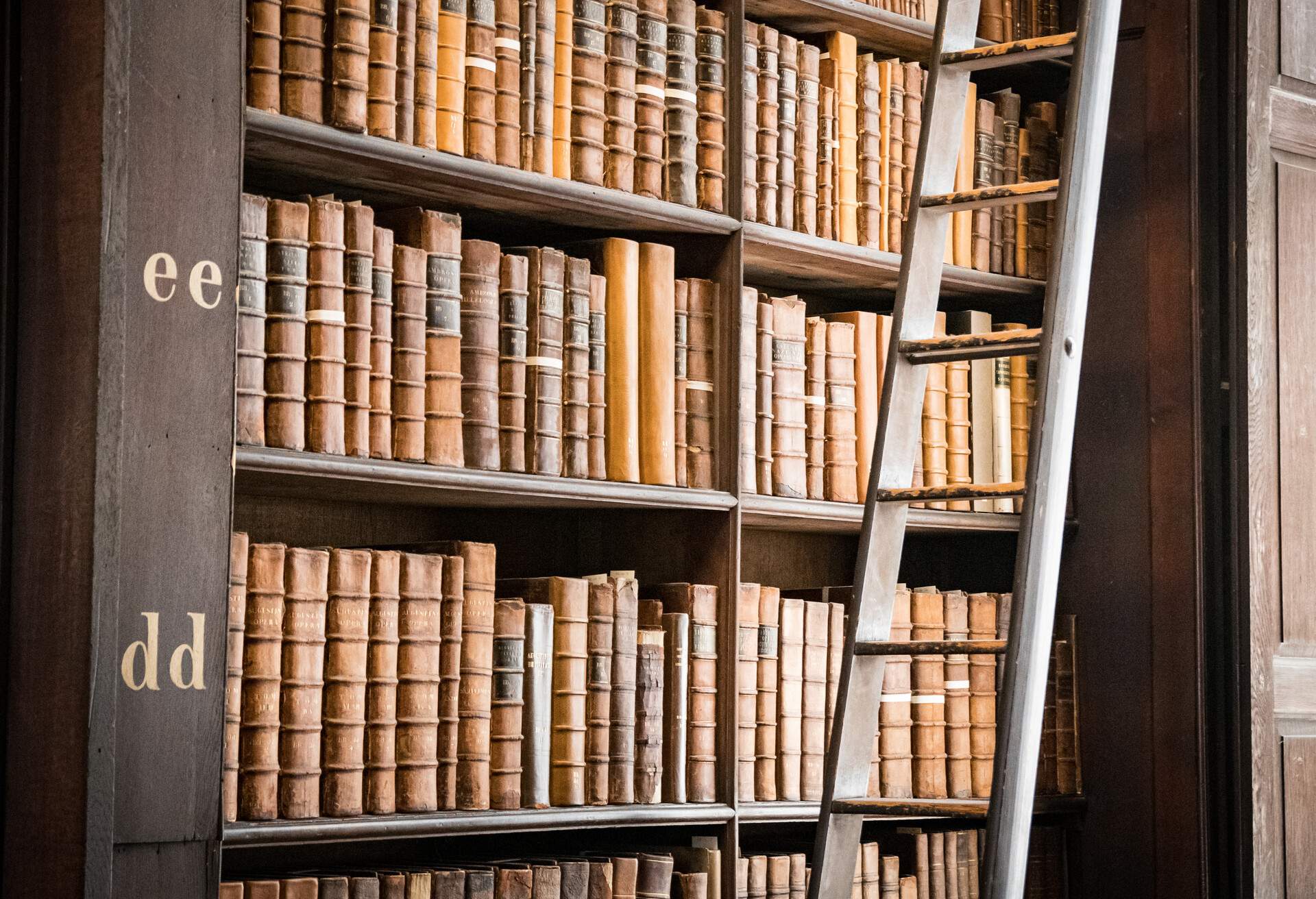
A bona fide hidden gem in Dublin, Marsh’s Library is tucked surreptitiously behind St. Patricks’ Cathedral. Ireland’s oldest library dates back to 1707 and houses around 25,000 books and manuscripts.
Check the visitor ledger and you’ll see signatures from the likes of Bram Stoker, Jonathan Swift and James Joyce who all read here.
Caught up in the infamous Easter Uprising of 1916, Marsh’s Library bears the scars with machine-gun bullet holes that can still be seen in the bookcases. Open for limited hours Tuesdays to Saturdays.
21. Fine dine on the streets of Dublin

Dublin’s best attractions aren’t all Guinness pubs and historic buildings. It also has more than its fair share of fine dining – not just expensive, posh dinners but also great streetside restaurants.
Leading the Dublin fine-dining charge is Chapter One, recently revitalised under the leadership of Finnish chef Mickael Viljanen. Equally as high end, Pickle brings the best of North Indian cuisine to Dublin’s cobbled streets. Both require advance booking – the earlier the better.
For something more casual but still refined, few can match the excellent One Society on Lower Gardiner Street. From indulgent breakfasts to tasty pizzas and pastas to sophisticated wine and tapas evenings, all are delivered with verve and style. Or for fish fans, Fish Shop on the outskirts of Smithfield is a real treat for a refined take on the classic fish and chips.
Inspired by the many things to do in Dublin? Then we have more guides to help you craft your ultimate stay in Ireland’s magical capital.
If you’ve only got a couple of days to spare, our weekend in Dublin guide will help you get the most of your stay. Or if the city is just a stop in a bigger itinerary, why not grab your hiking boots and gear for our guide on hiking in Ireland? And our ultimate Dublin guide for LGBTQ travellers showcases the thriving gay scene in one of the world’s friendliest cities.
How did we choose what goes in our guide to the 21 best things to do in Dublin?
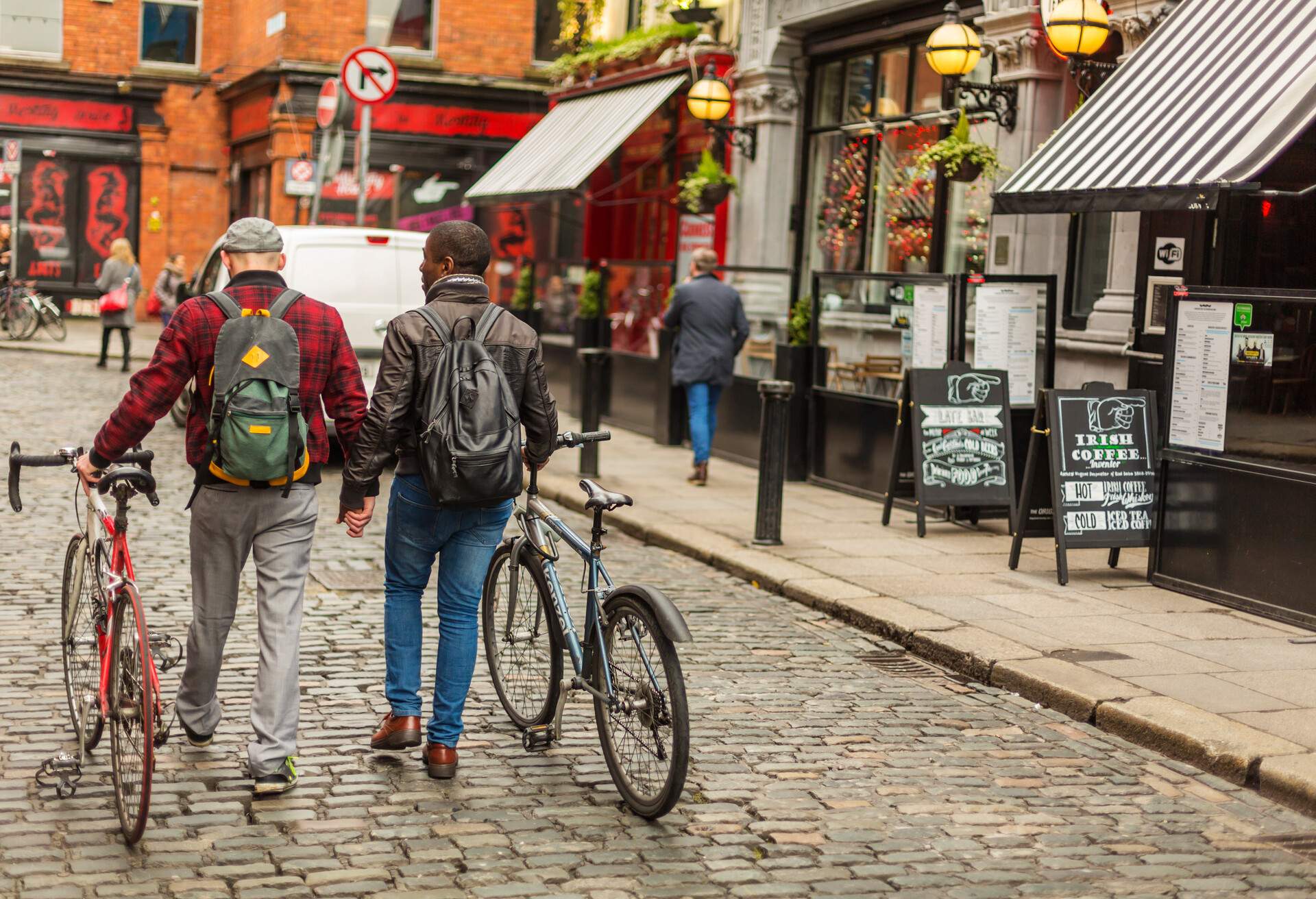
Visit Dublin and you’ll soon find out that it’s a place to make friends. Welcoming and enthusiastic locals love to answer questions and showcase the best things to do in their city. Many of the places we’ve featured in this guide are a result of those conversations.
These local tips coupled with more from my KAYAK colleagues around the world balance nicely with the big Dublin tourist attractions. Spend a few days in Dublin, mix and match the mainstream with the lesser known and it won’t be long before the city casts its spell over you too.
Visiting Dublin: FAQs
Do I need a car in Dublin?
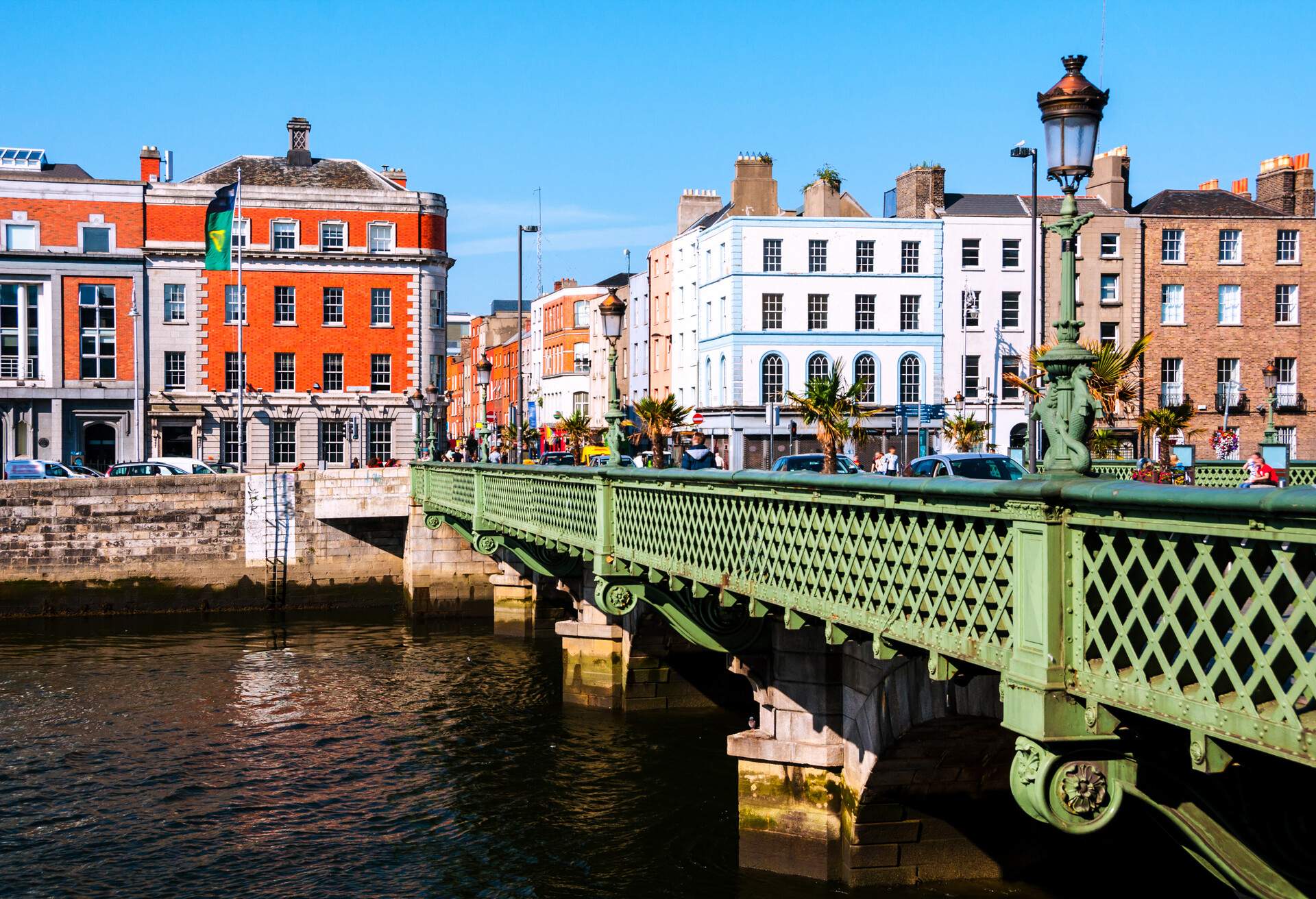
Not if you’re staying in the city, no. Dublin’s public transport system is efficient and easy to use. Dublin Bus travels throughout the city and the LUAS light rail tram system or the DART system make many of the delightful coastal towns nearby easily accessible.
You’ll need prepaid cards to use all of them, easily available from stations, tourist offices and newsagents throughout the city. Dublin Bus will also take coins, but it must be exact change in Euros. While more expensive than public transport, taxis are surprisingly cheap and ubiquitous city wide — download the FREE NOW app for easy booking.
When is a nice time to visit Dublin?
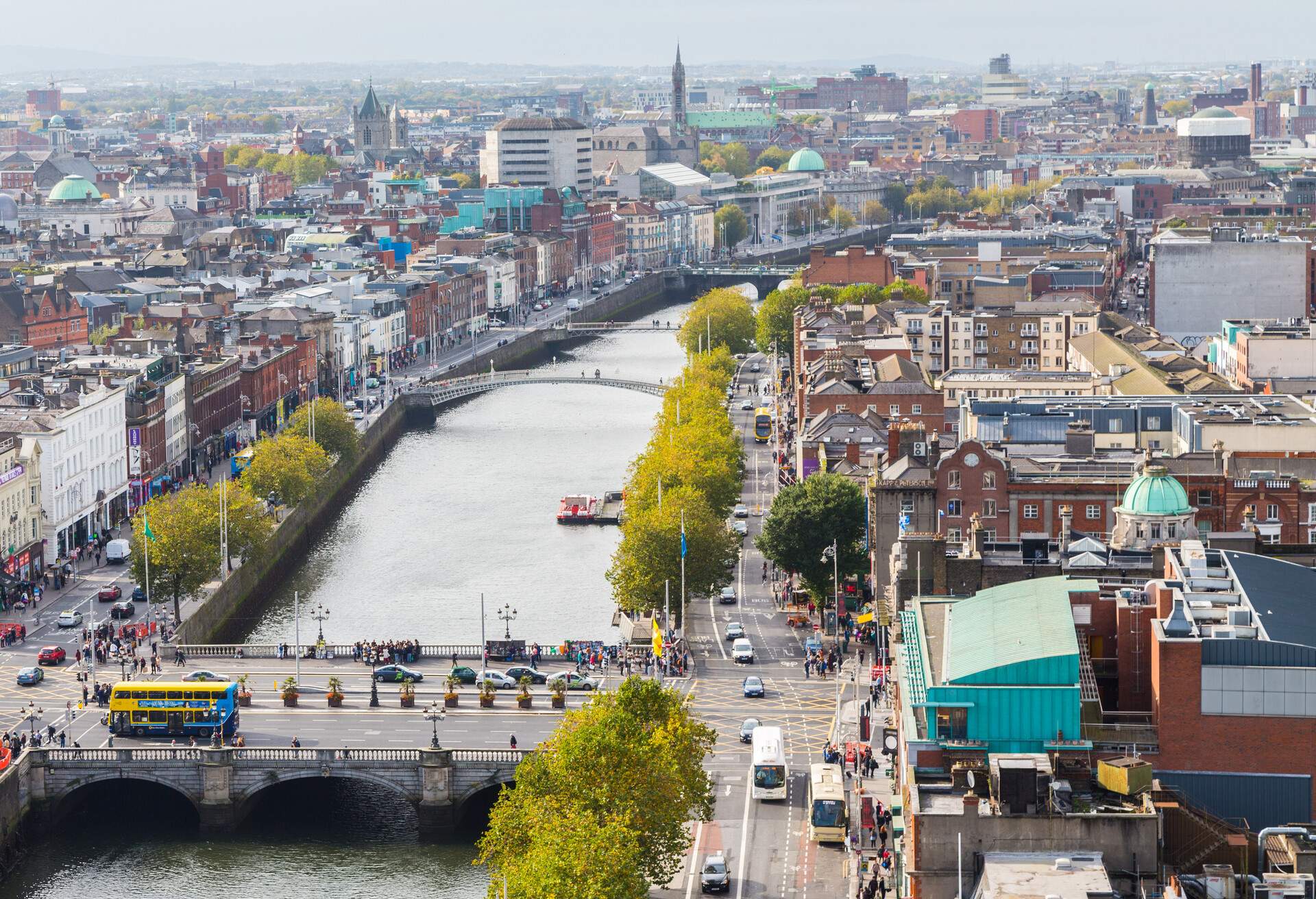
Dublin is a city of seasons and is regularly blighted by cold and rain. Happily, that temperamental weather doesn’t slow its charm or appeal. Peak summer months from June to August will provide the best weather but also the biggest crowds and highest prices.
Spring and autumn are more mixed, but make for ideal seasons to wrap up and explore the spectacular wildernesses not far from the city limits. Winter months are grand for cosy, romantic weekends spent in front of crackling fires in ancient pubs.
And of course, March 17th is St. Patrick’s Day. One of the most celebrated festivals around the world, but nowhere does it quite like Dublin.
How long should I spend in Dublin?
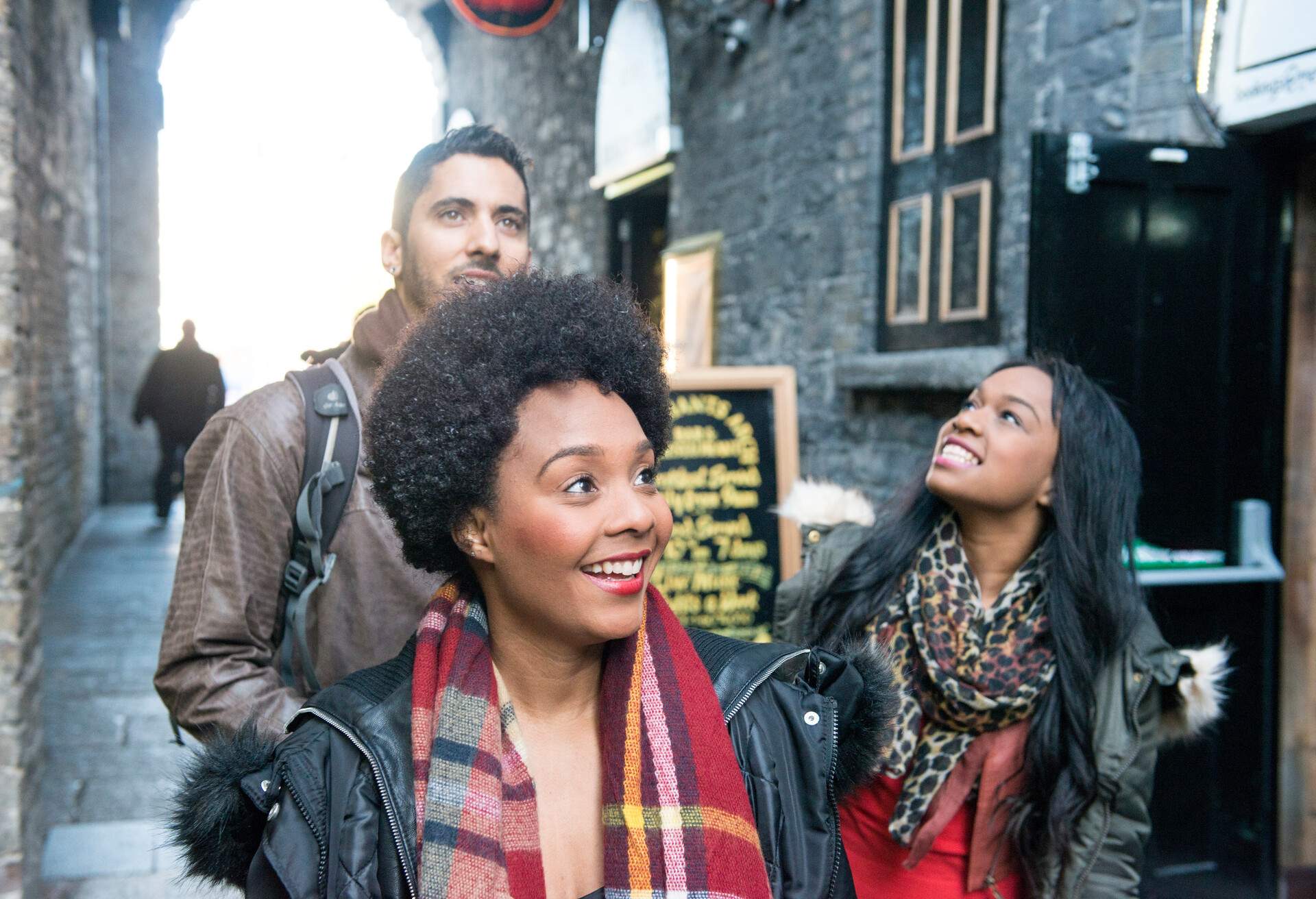
Dublin is small enough to get to know in a weekend, but there’s more than enough on offer to keep you there longer. Many use the city as a springboard for a few days of culture before heading into the rolling green countryside to explore Ireland’s many other wonders.
Is Dublin safe?

One of Europe’s safest capital cities, Dublin is ideal as a starter city for new travellers, whether you’re alone or in a group. Locals are warm and welcoming and always eager to offer help should you need it.
Like all big cities, there are pickpockets and scammers so it’s wise to avoid darker places like the big parks at night, but be sensible and you should have no problems.
Does Dublin have tourist passes?
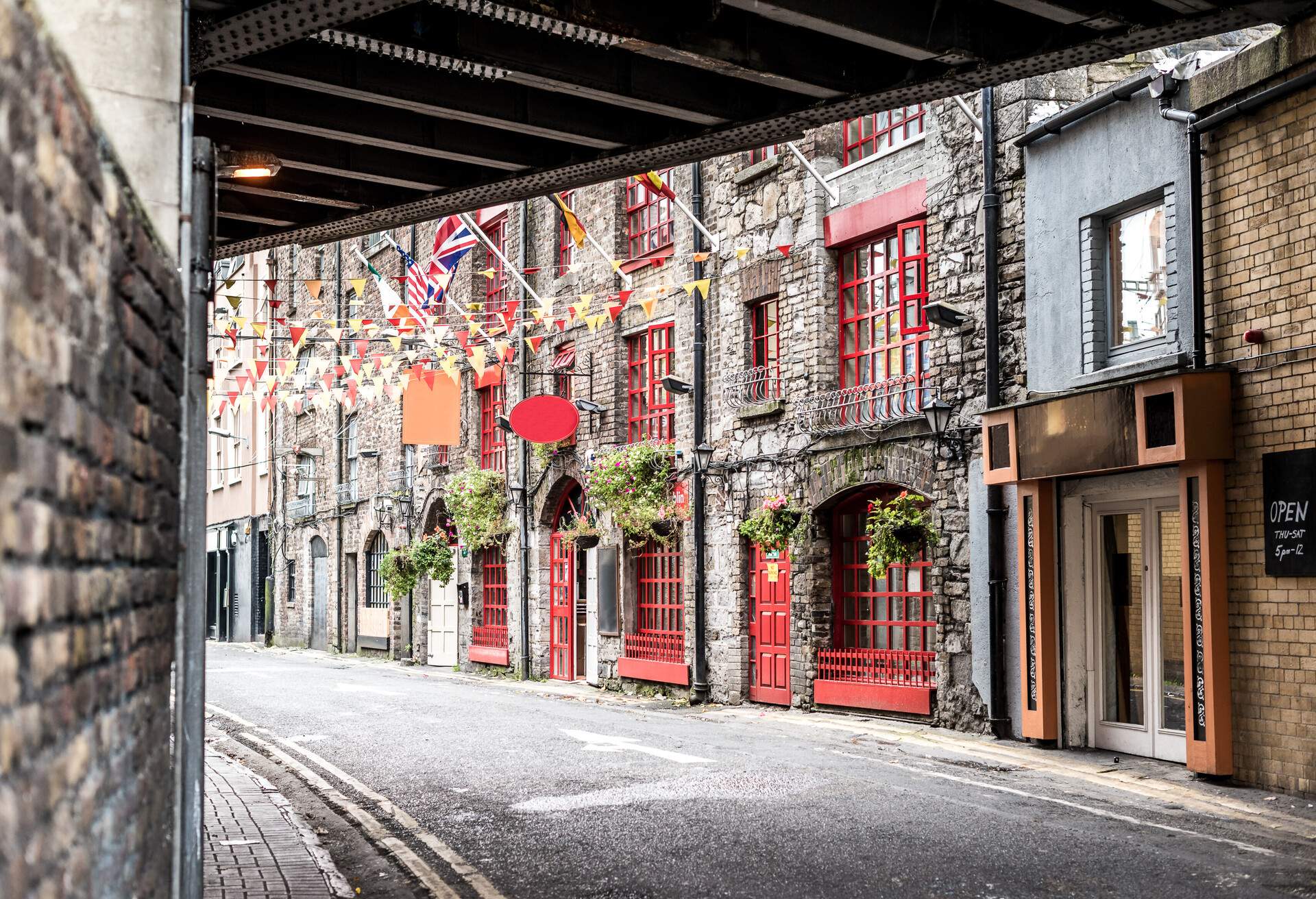
The TFI Leap Card will save on transport costs. A three-day pass will cover you for a weekend with access to the bus, DART and rail systems for much less than paying per trip will cost you.
Get the Dublin Pass for a single day to save on certain attractions and ride the Hop On and Hop Off bus system.
Excited for your next adventure? Our friends at Where to Go, produced by the team behind the award-winning DK Eyewitness travel guides, are here to help!
